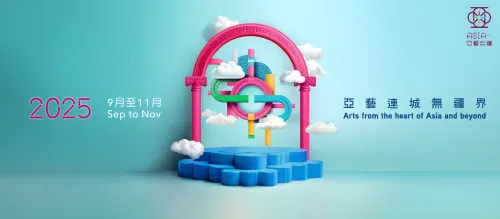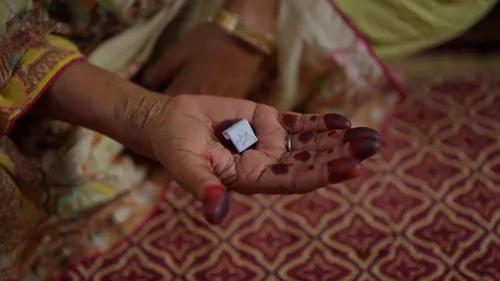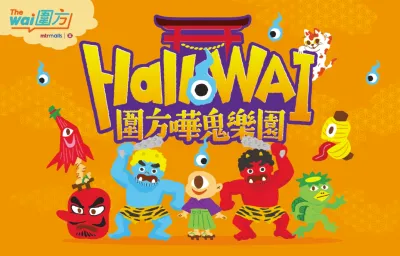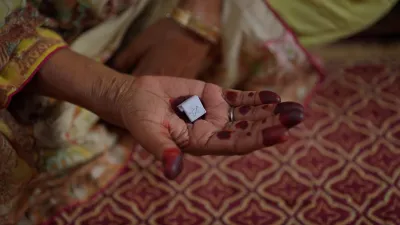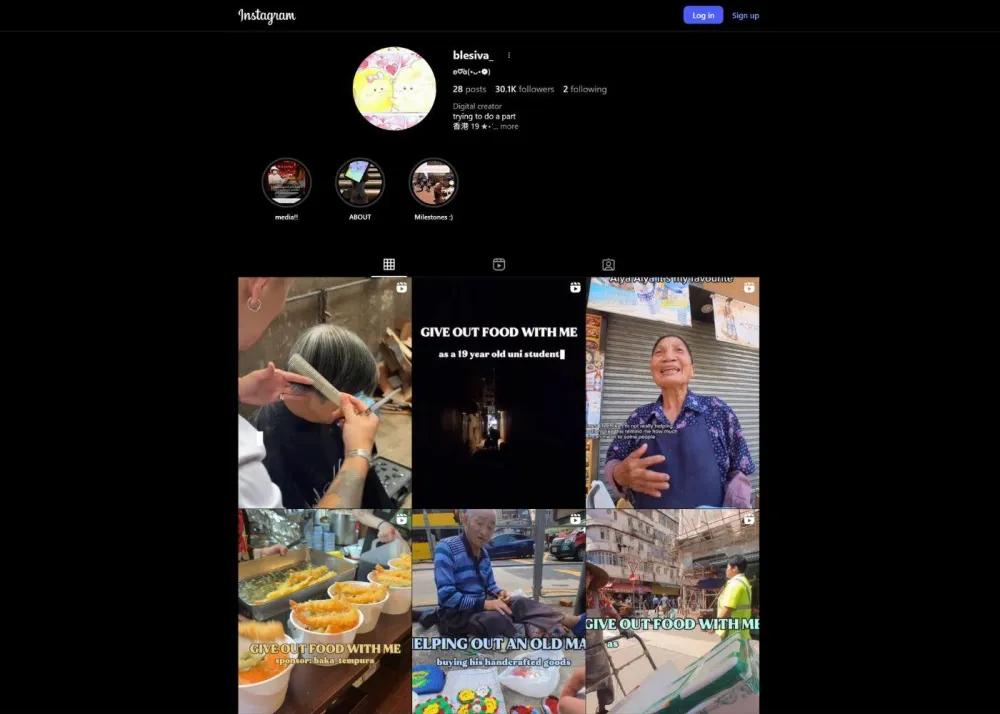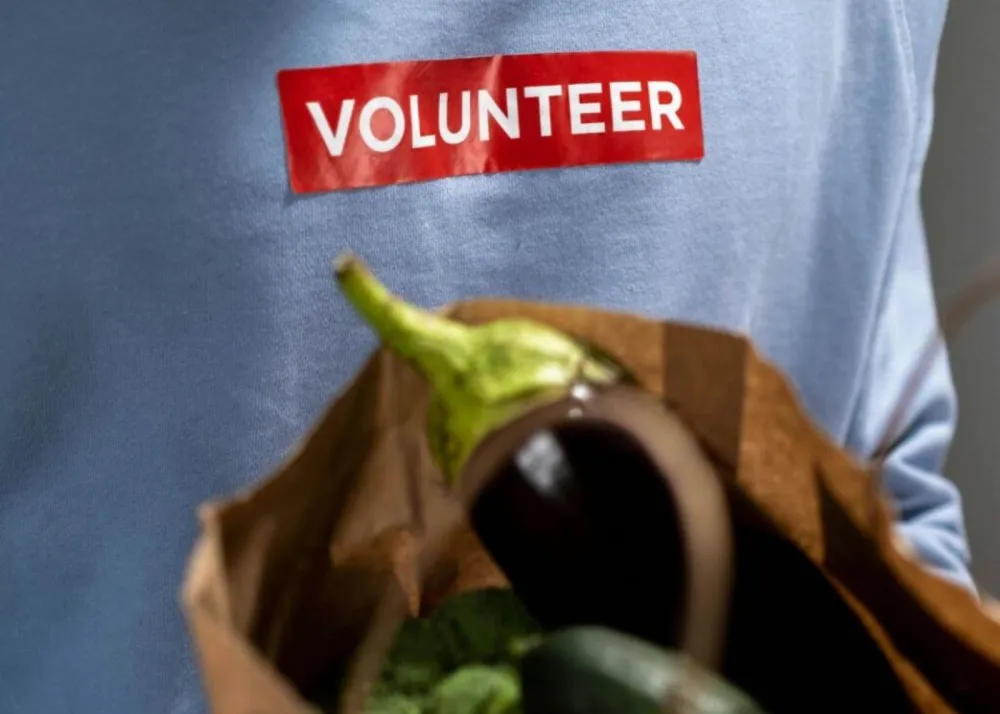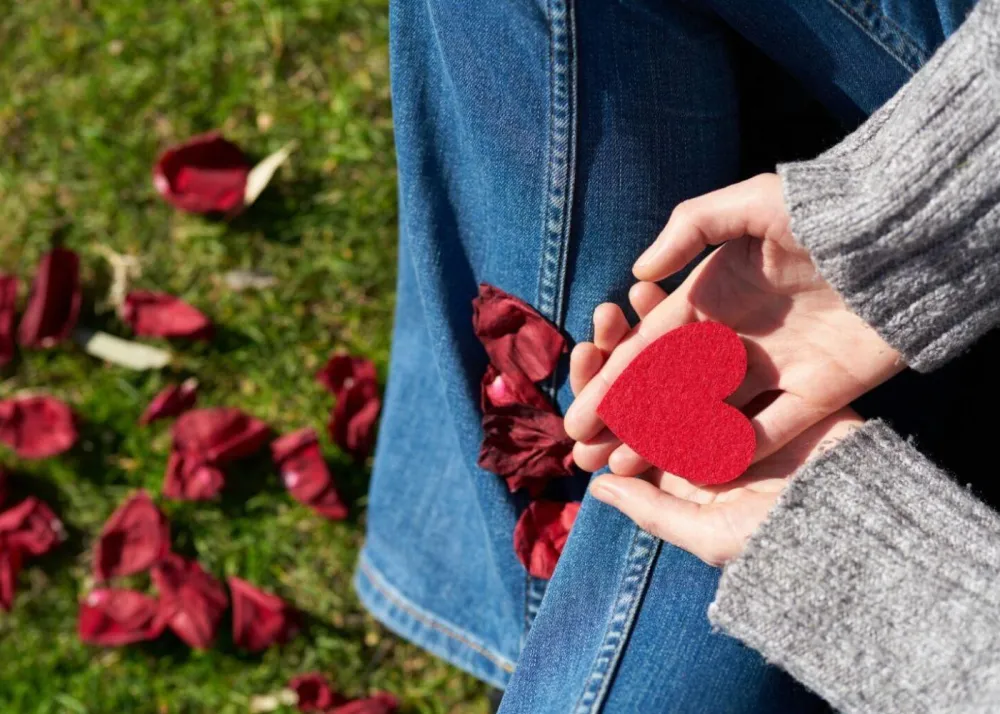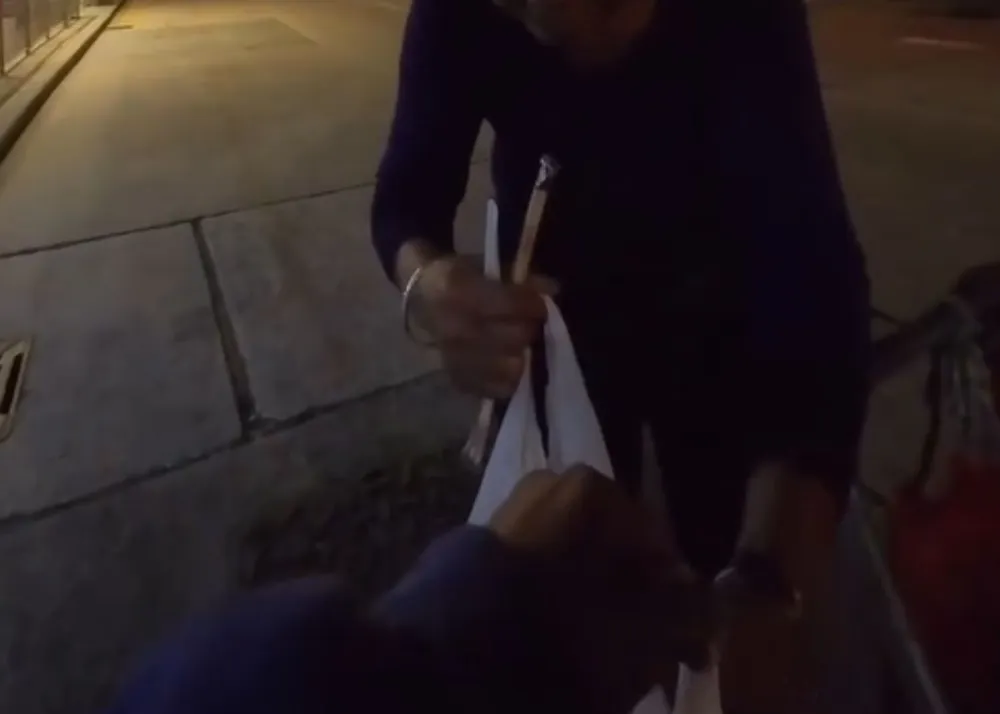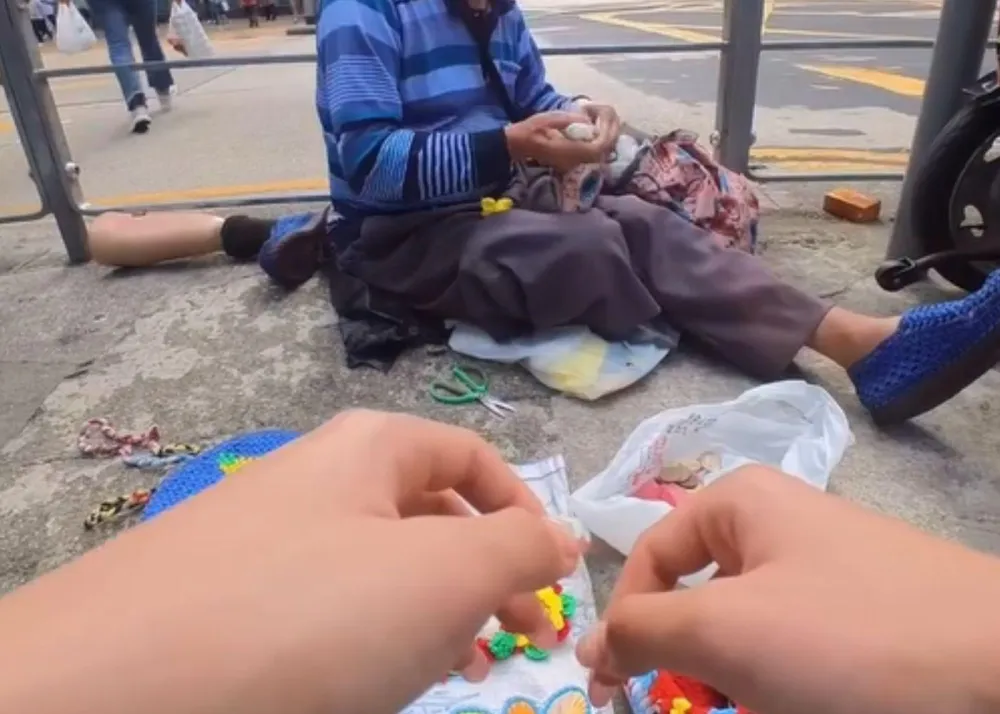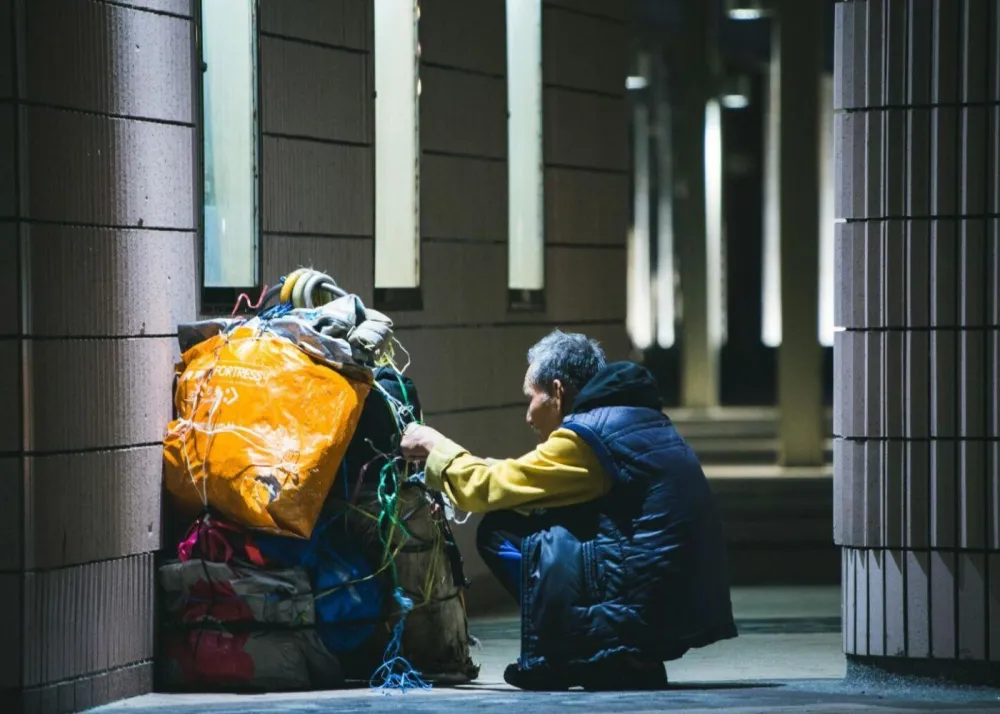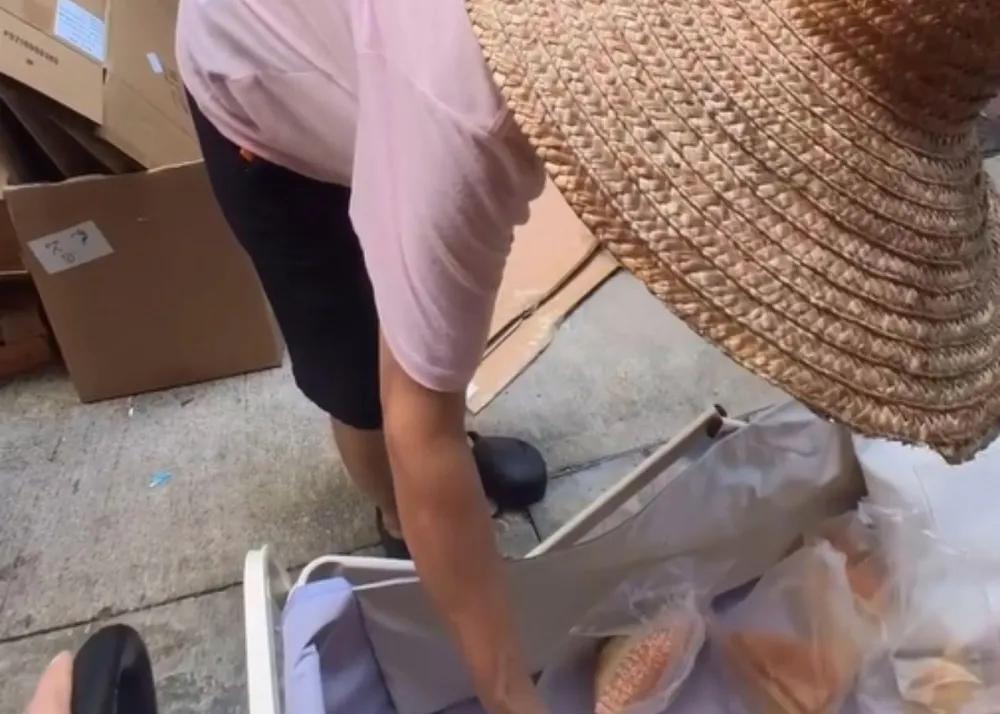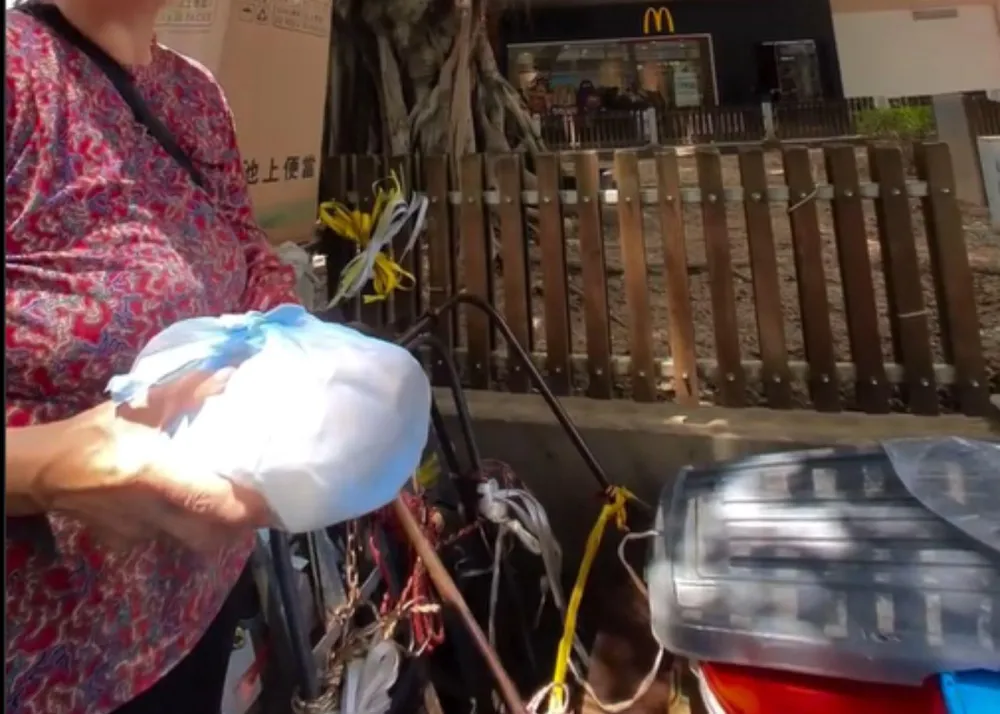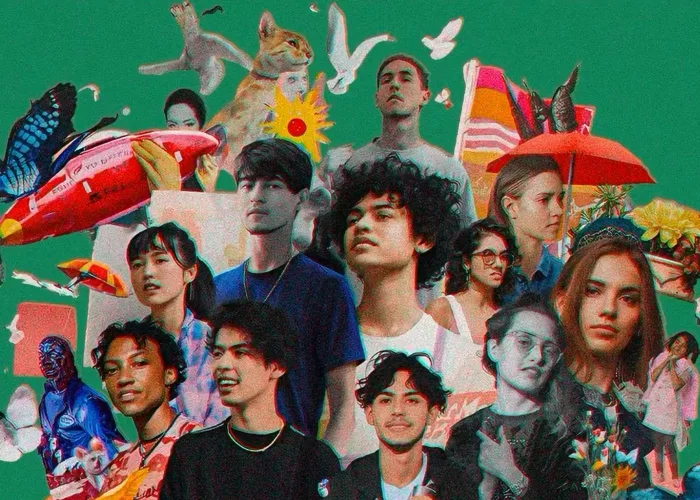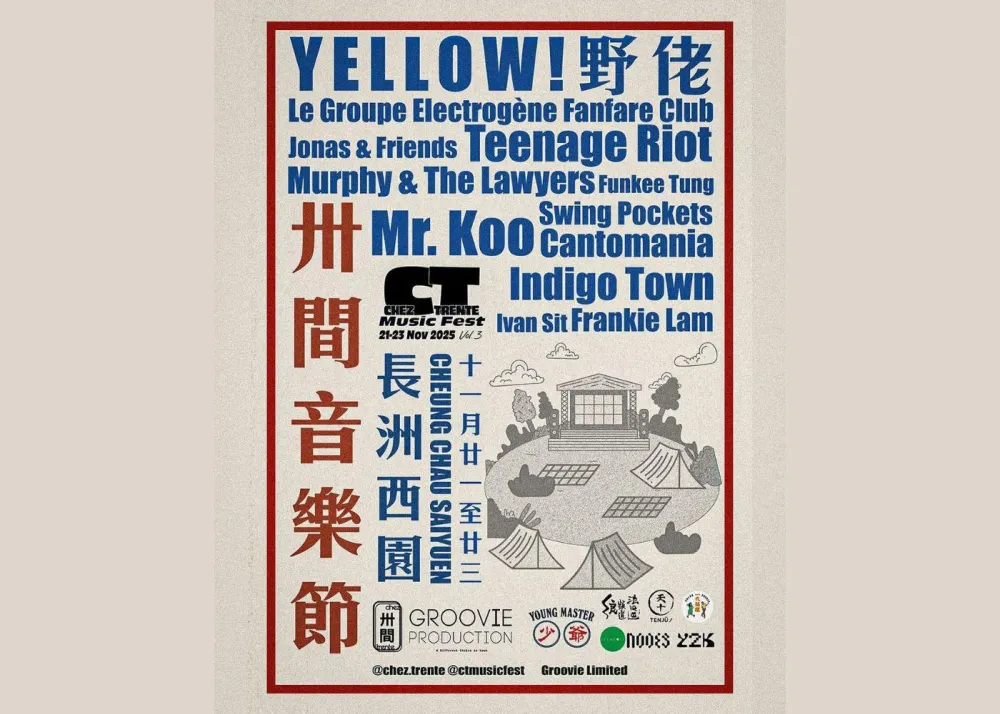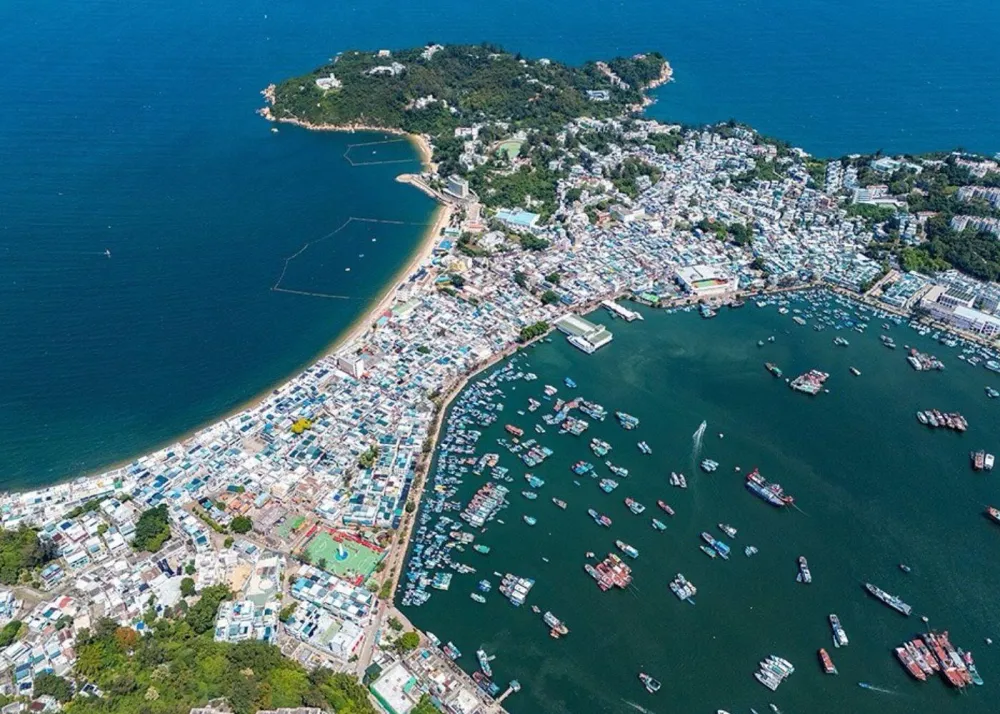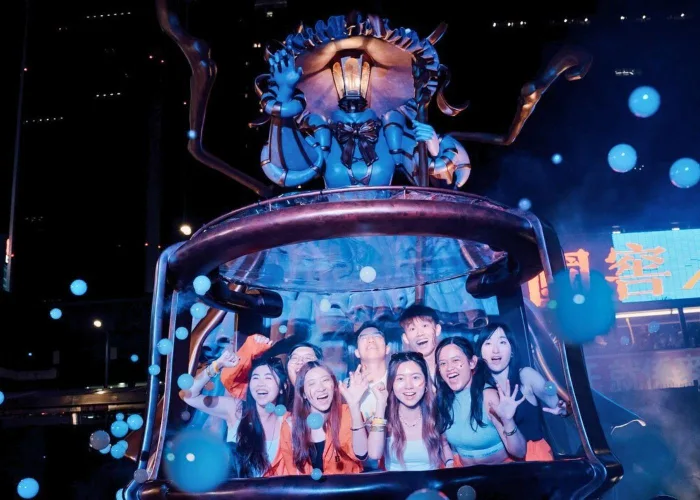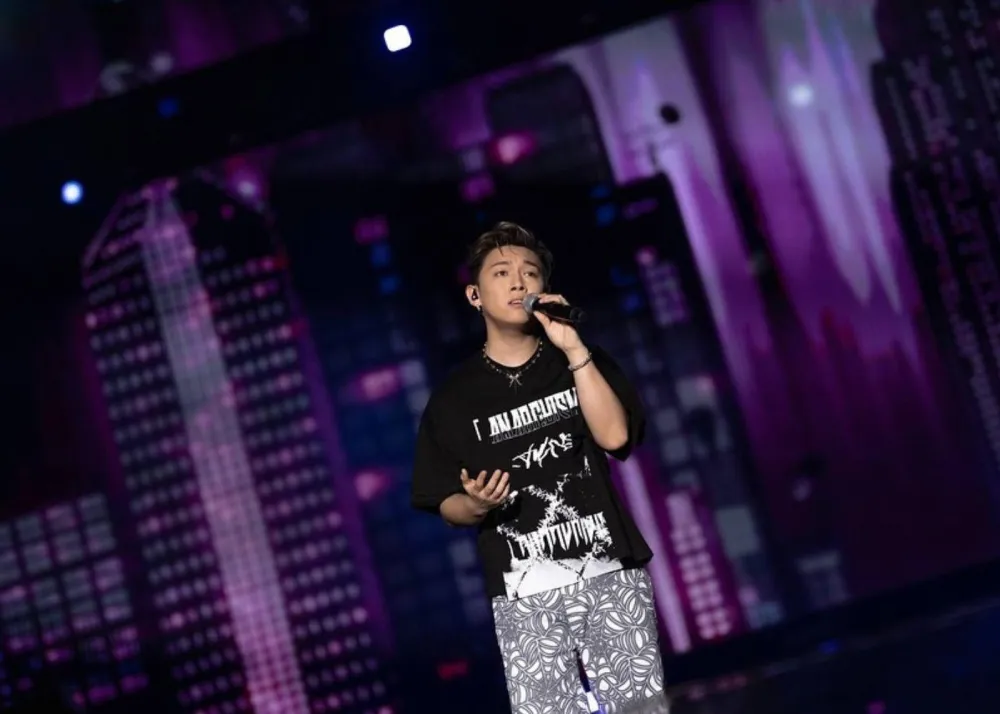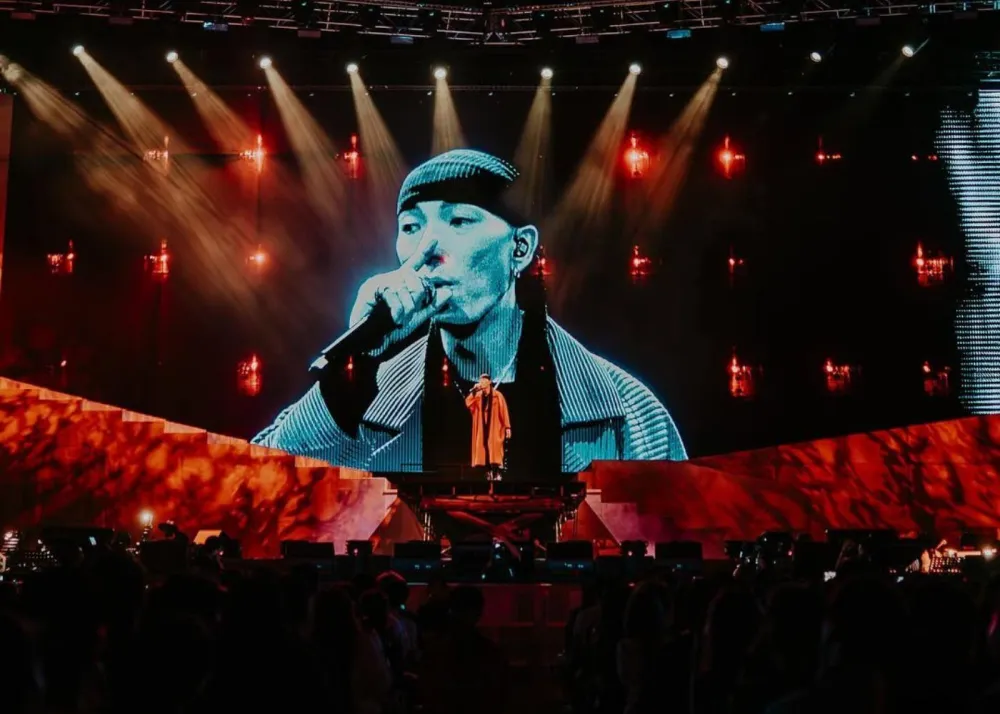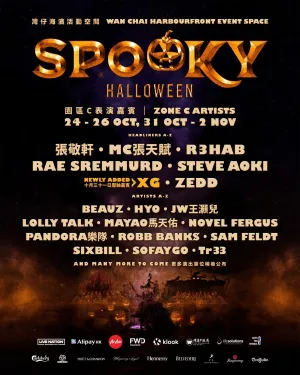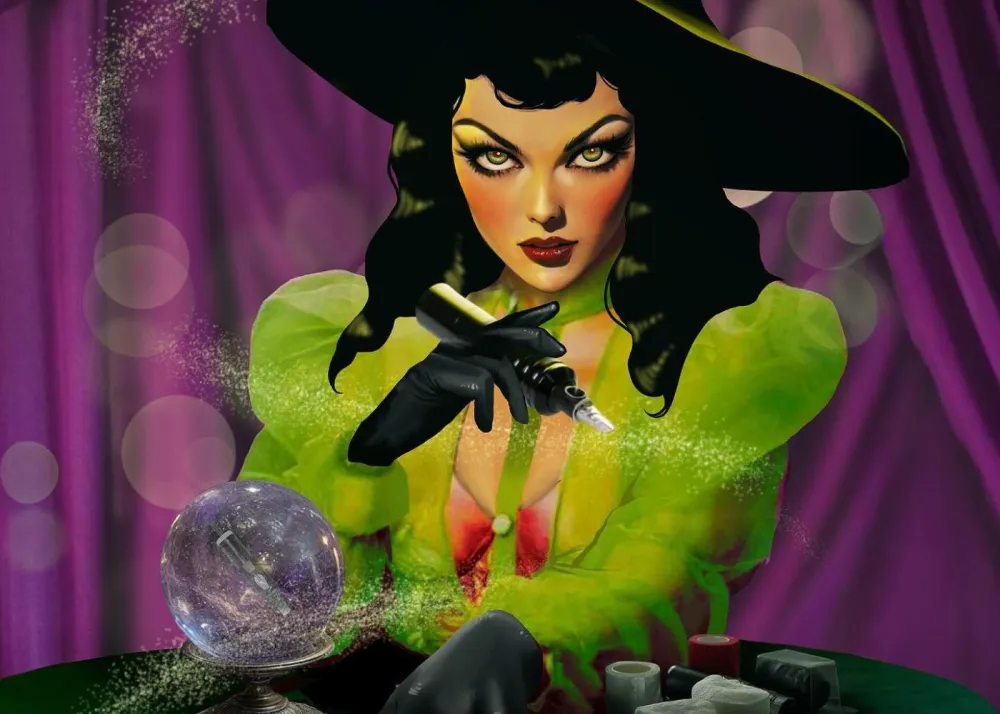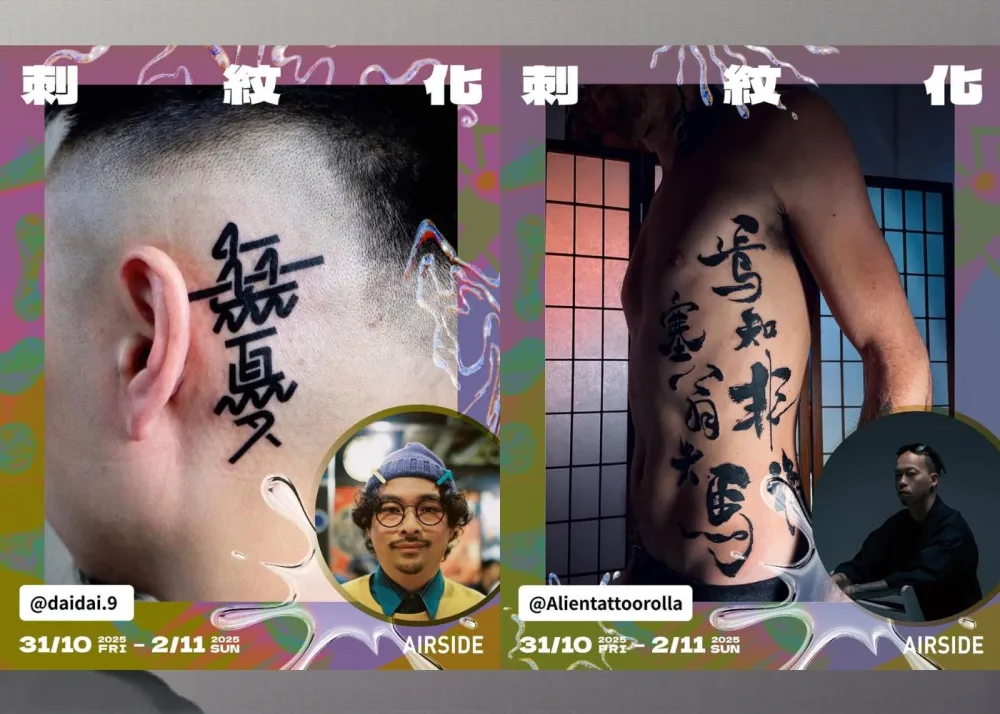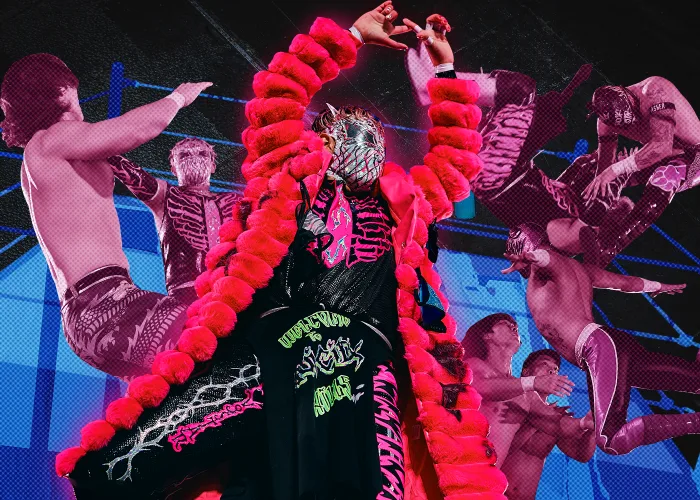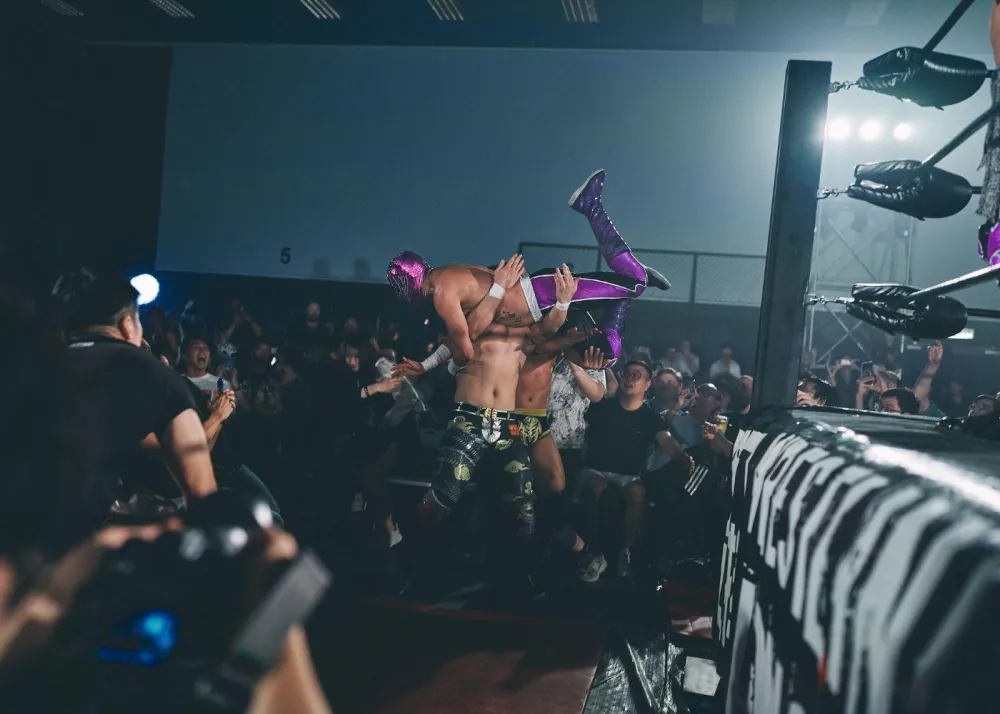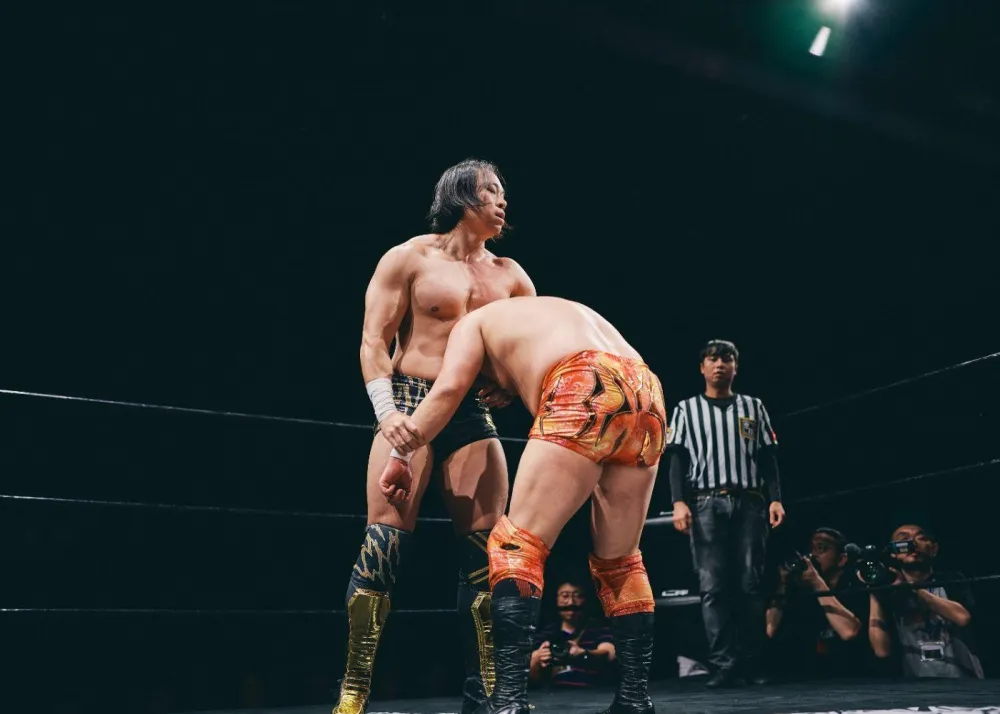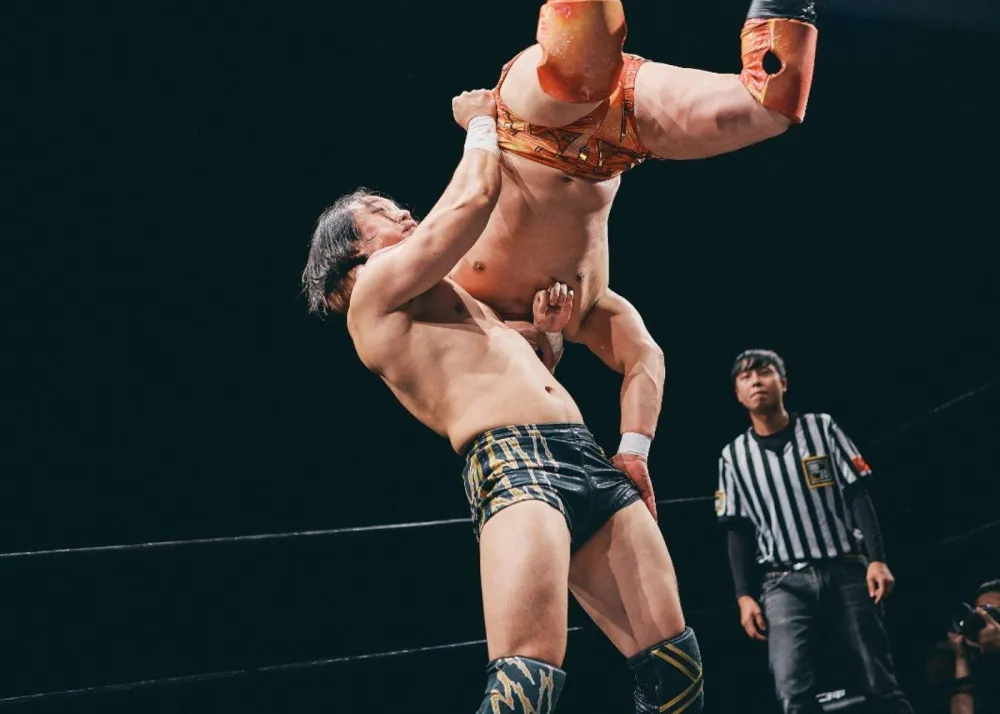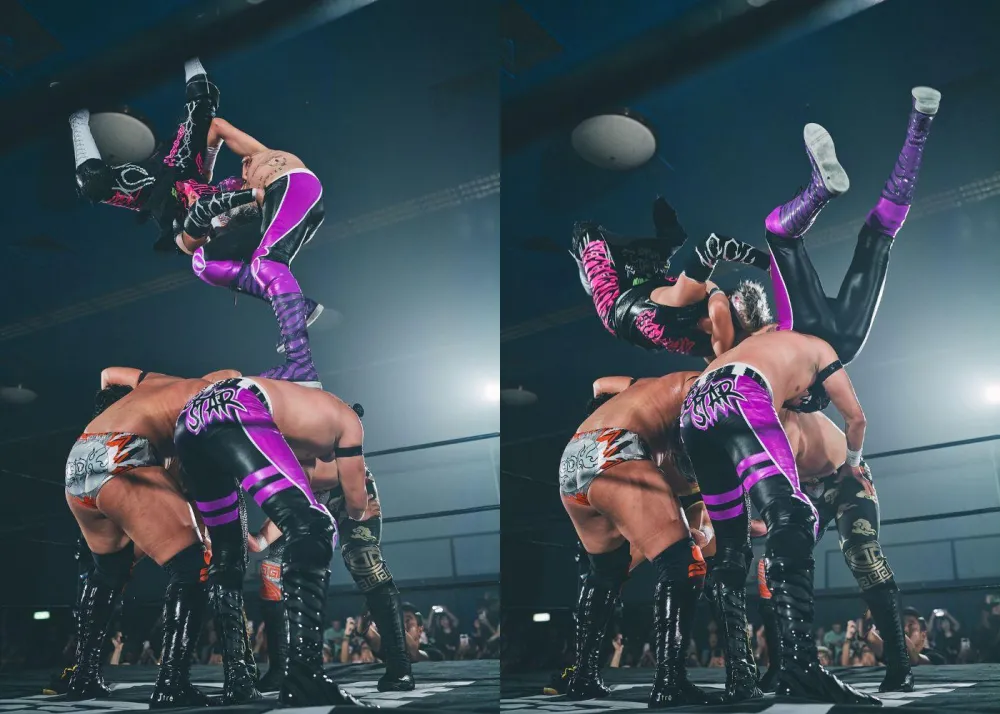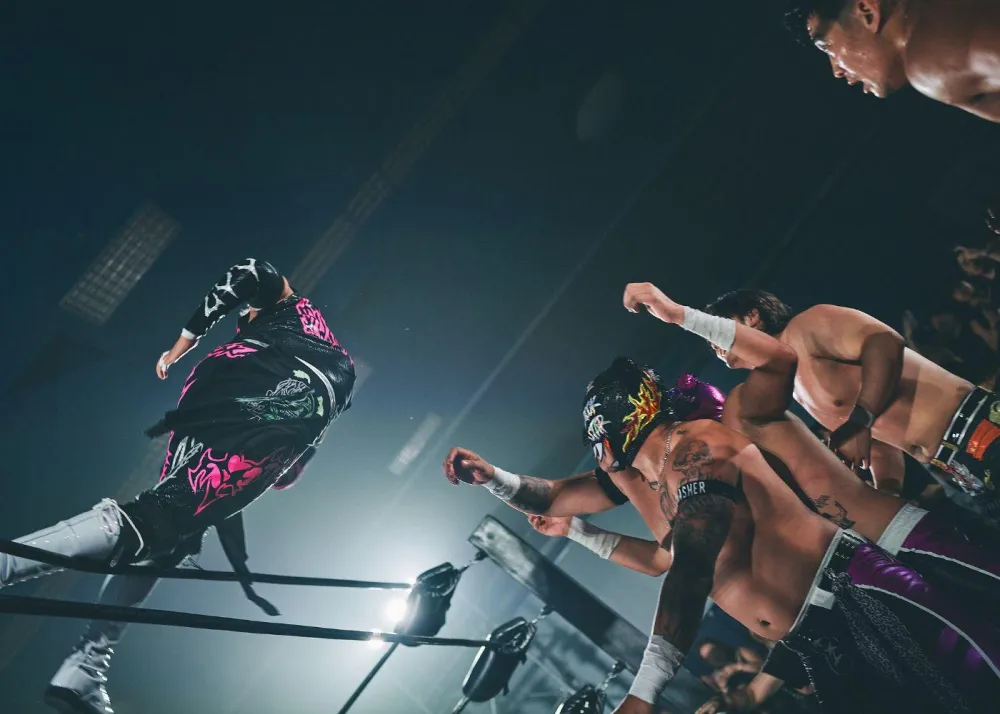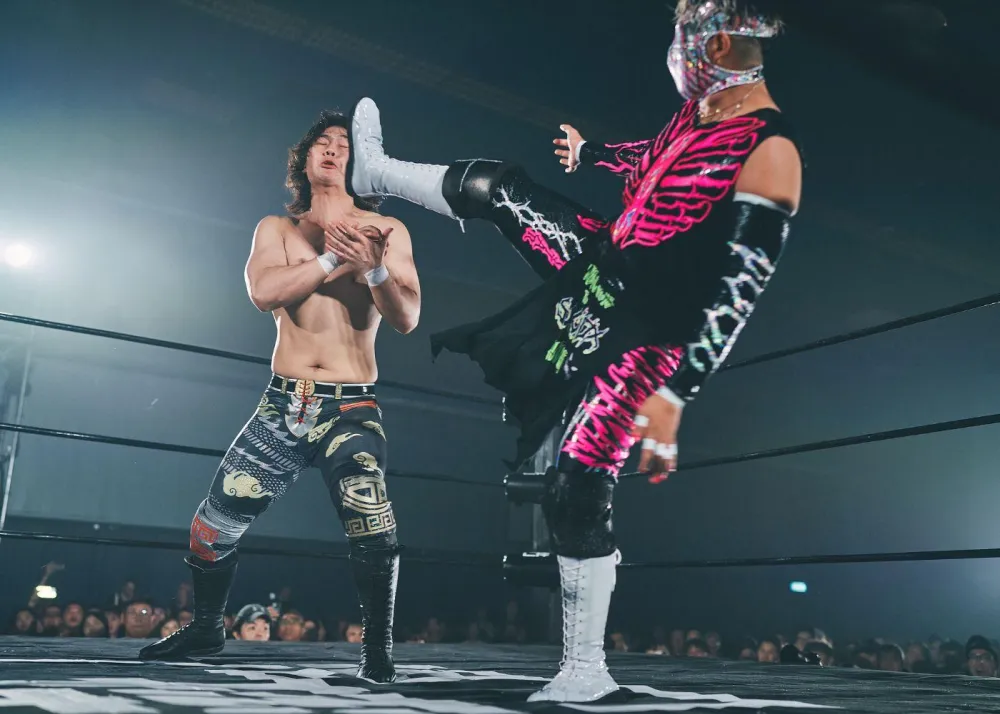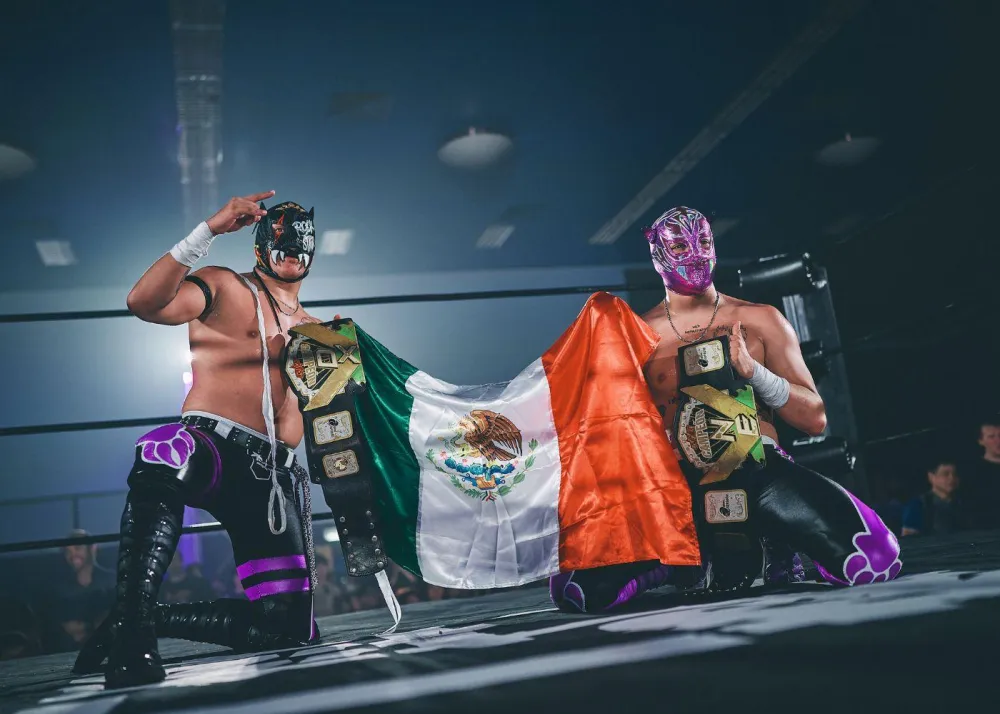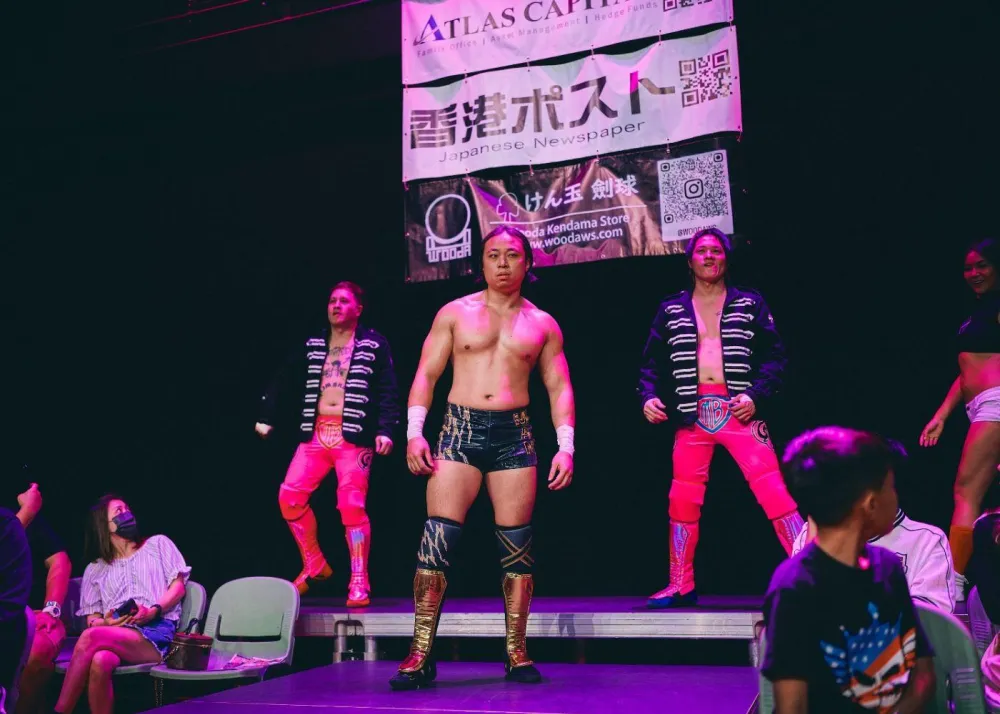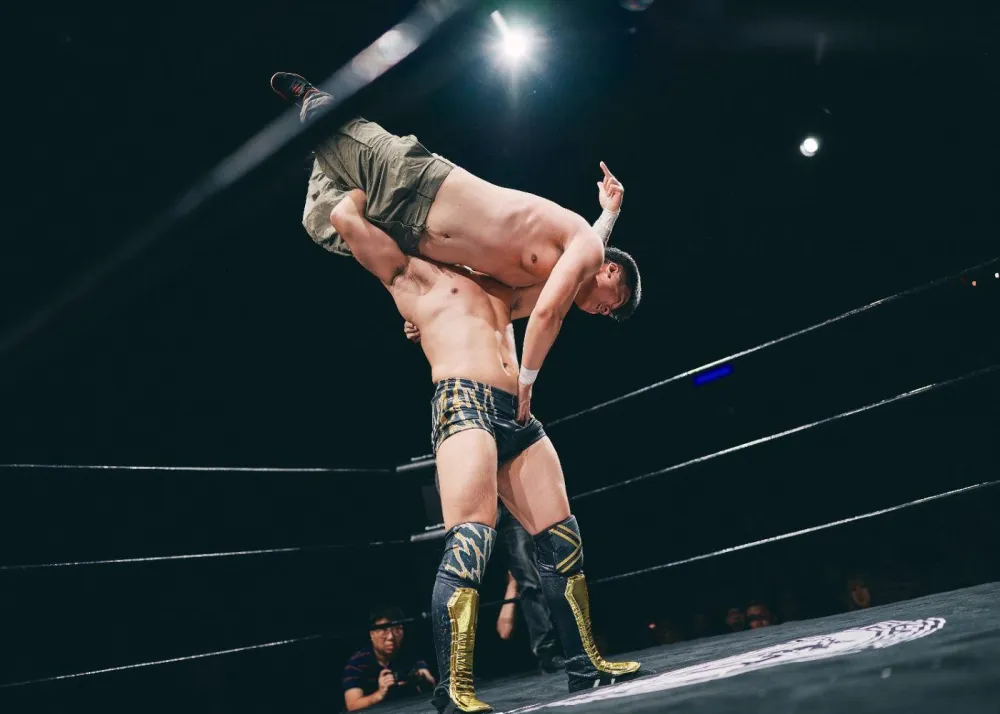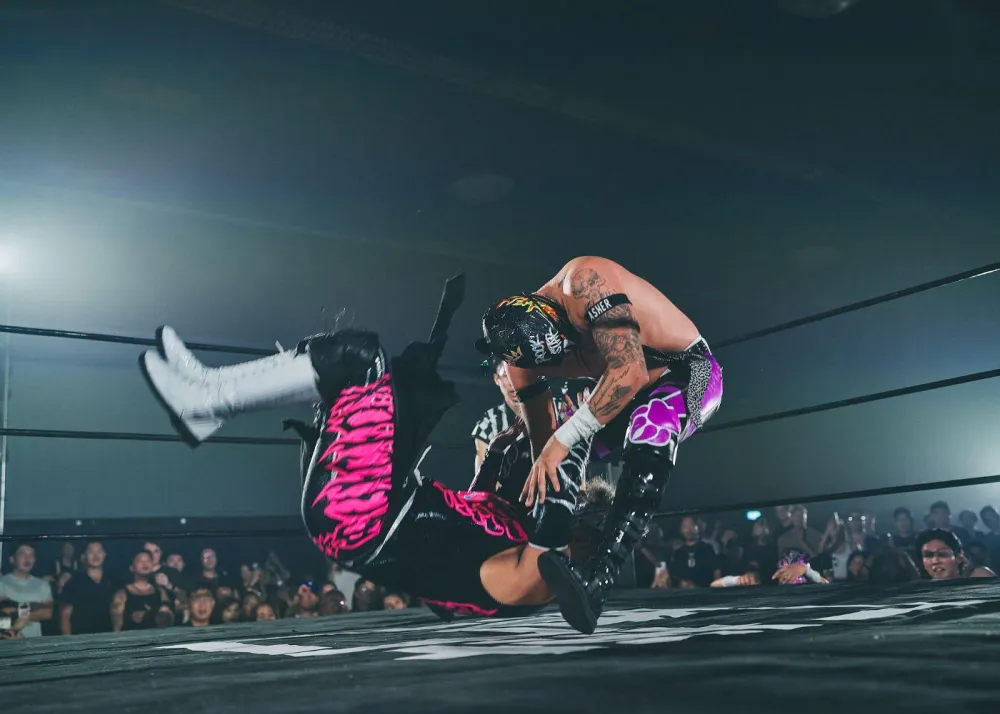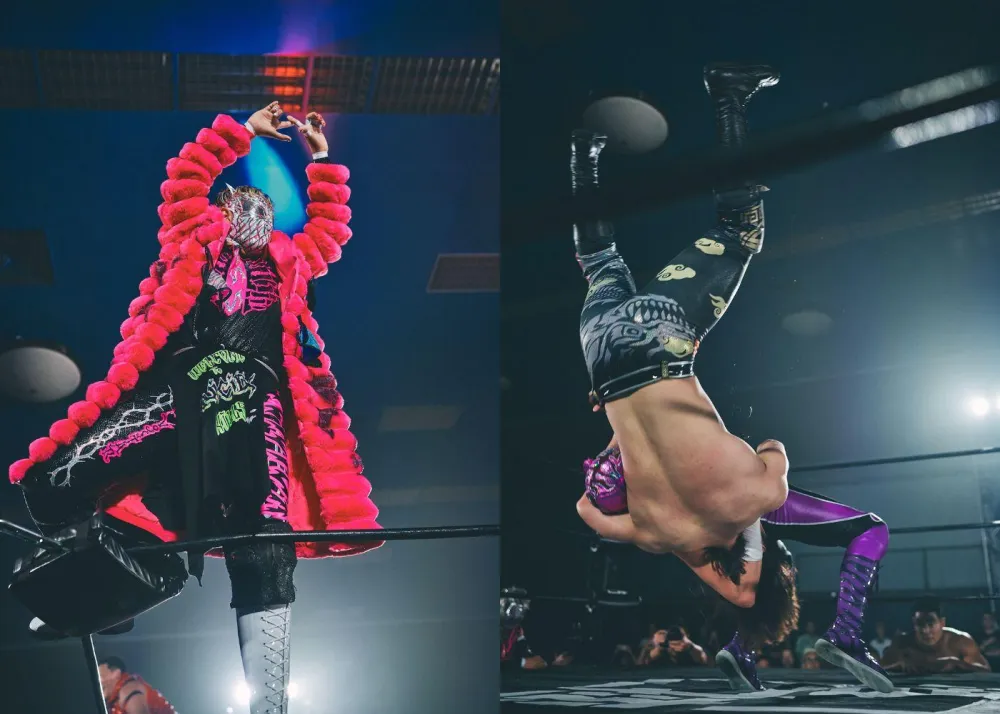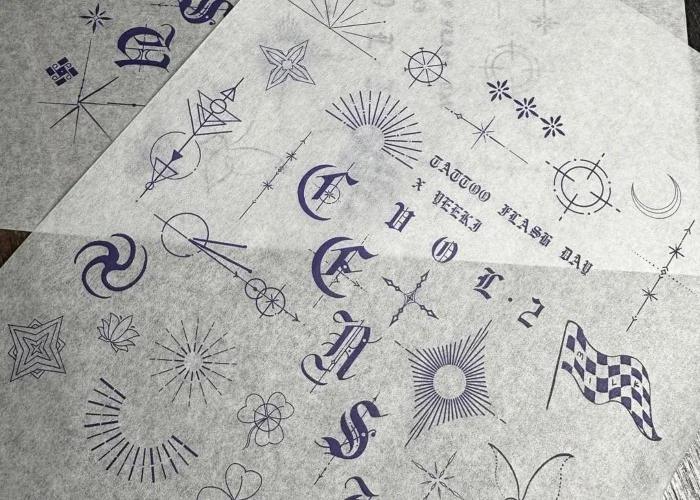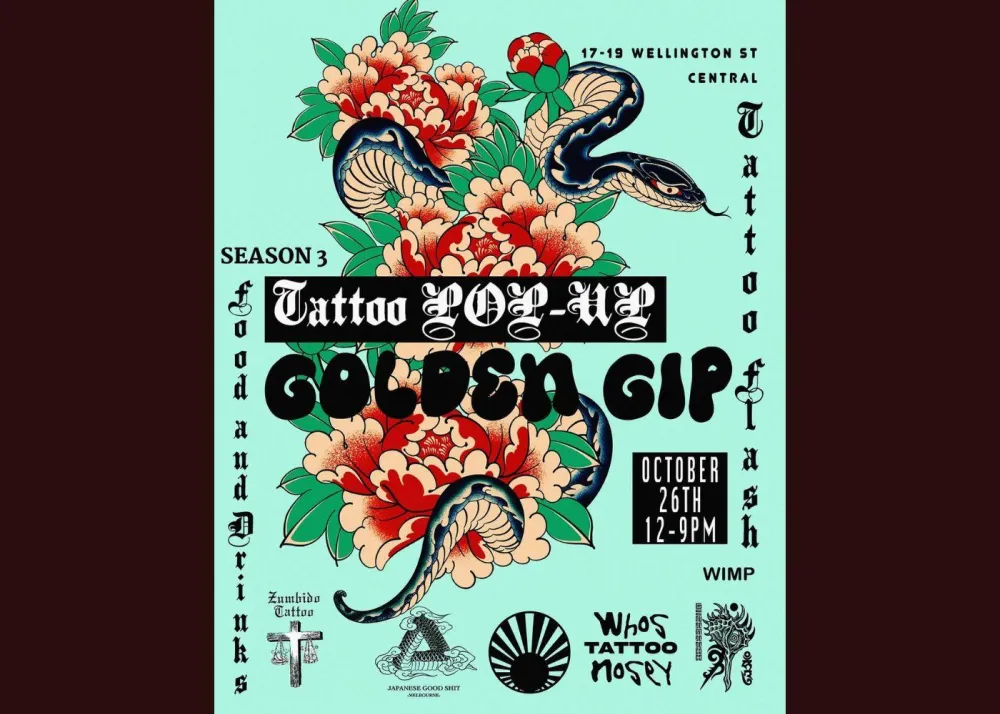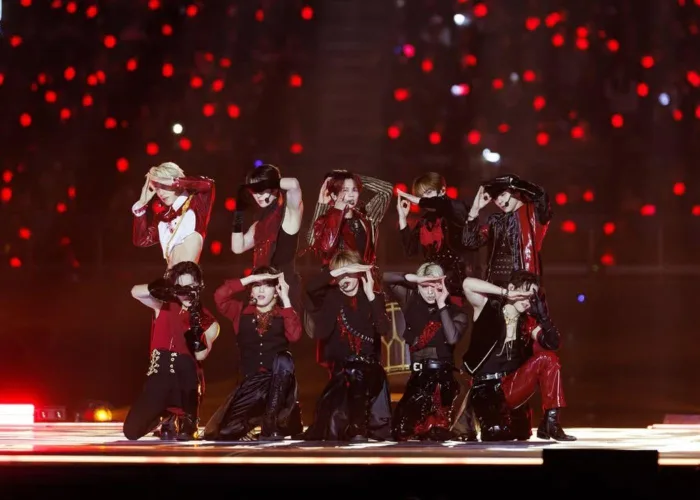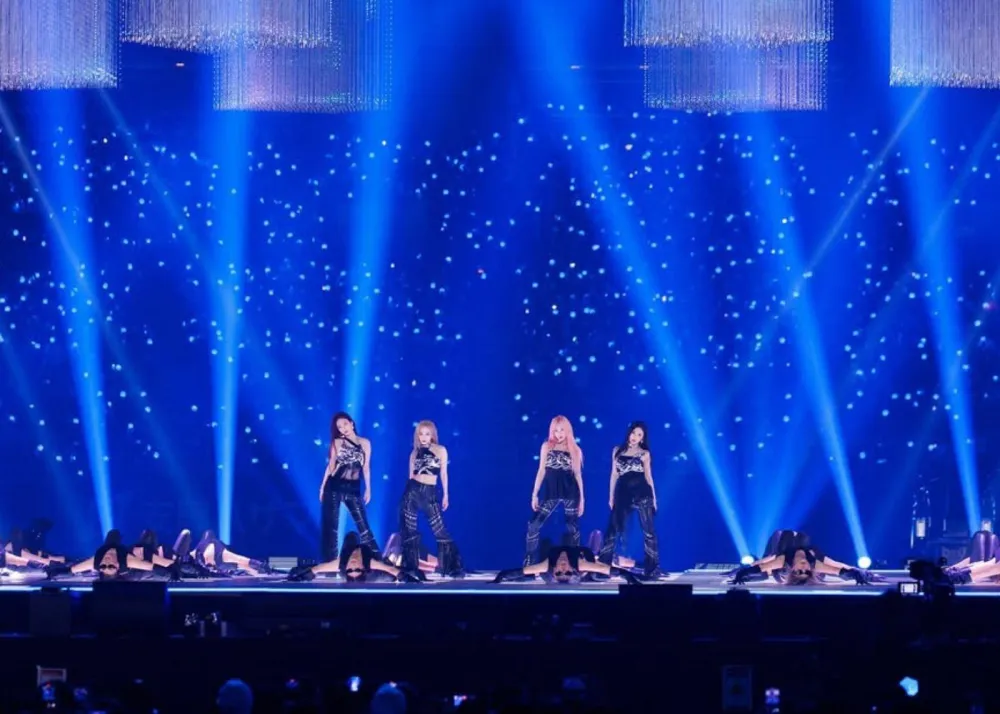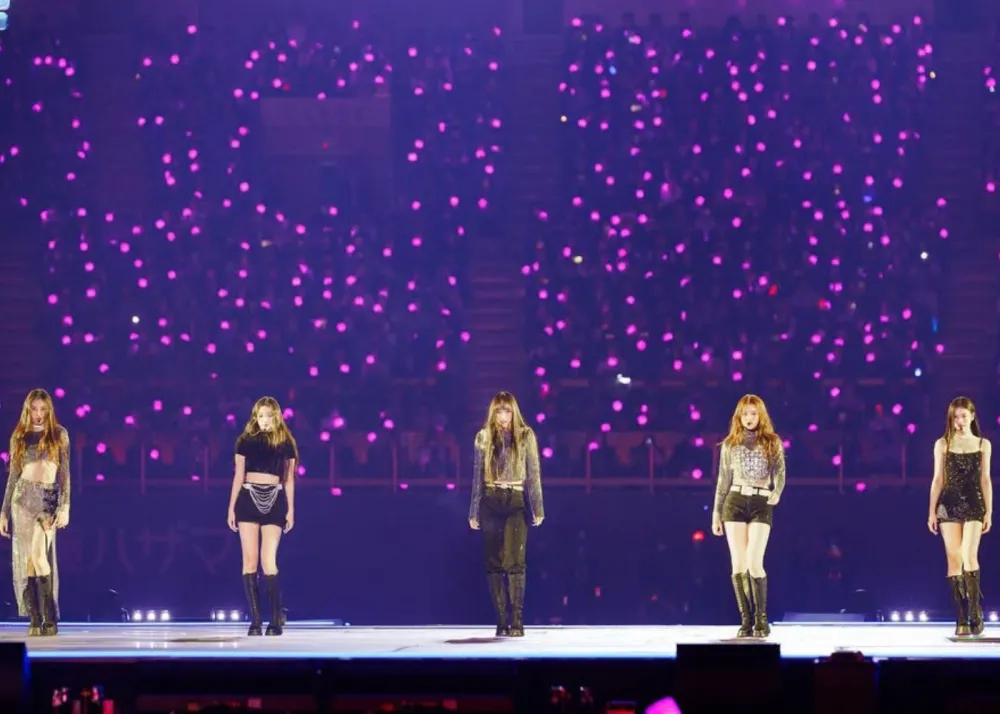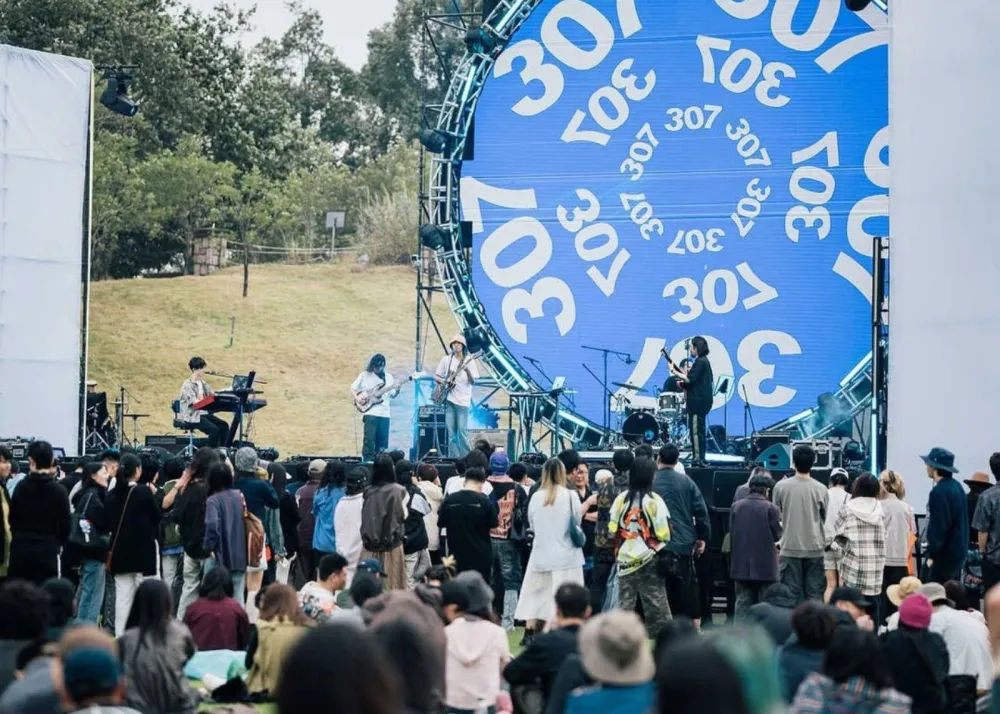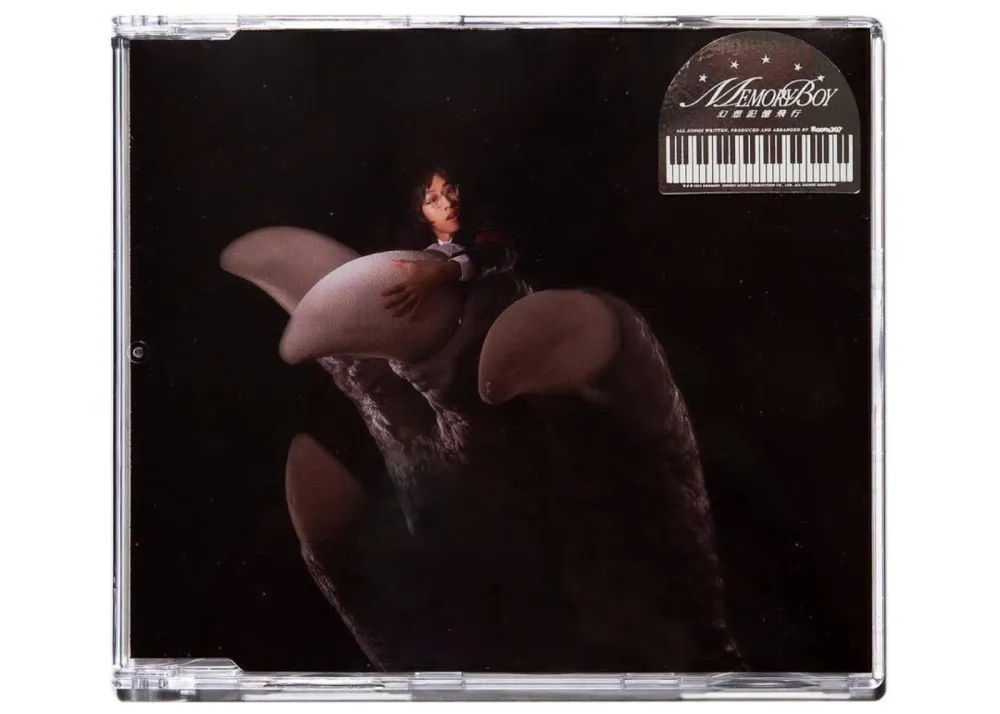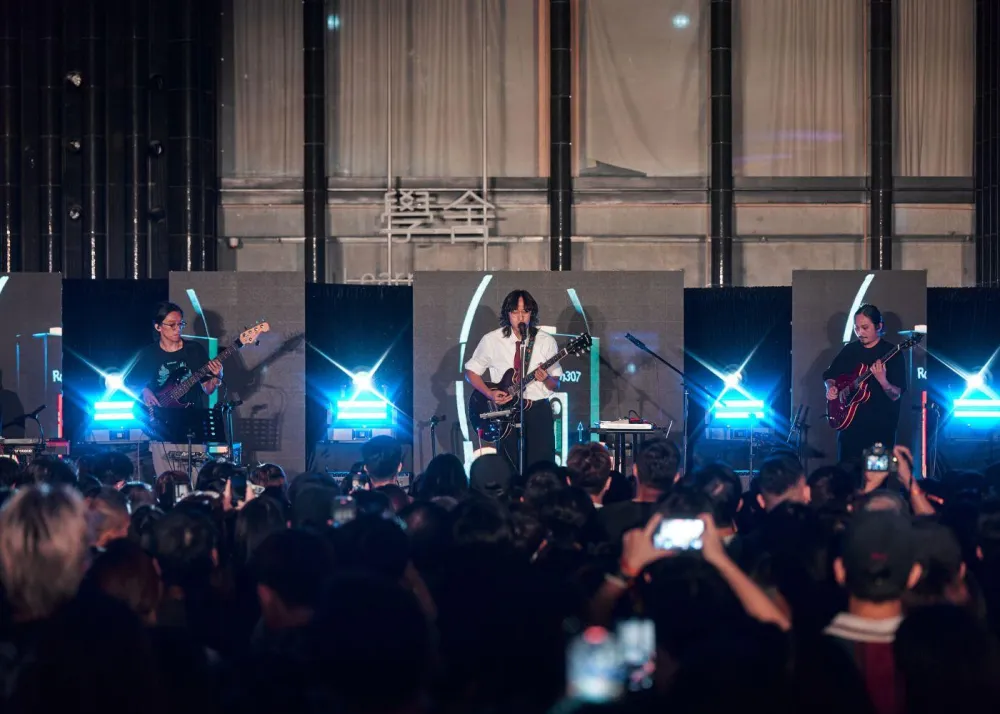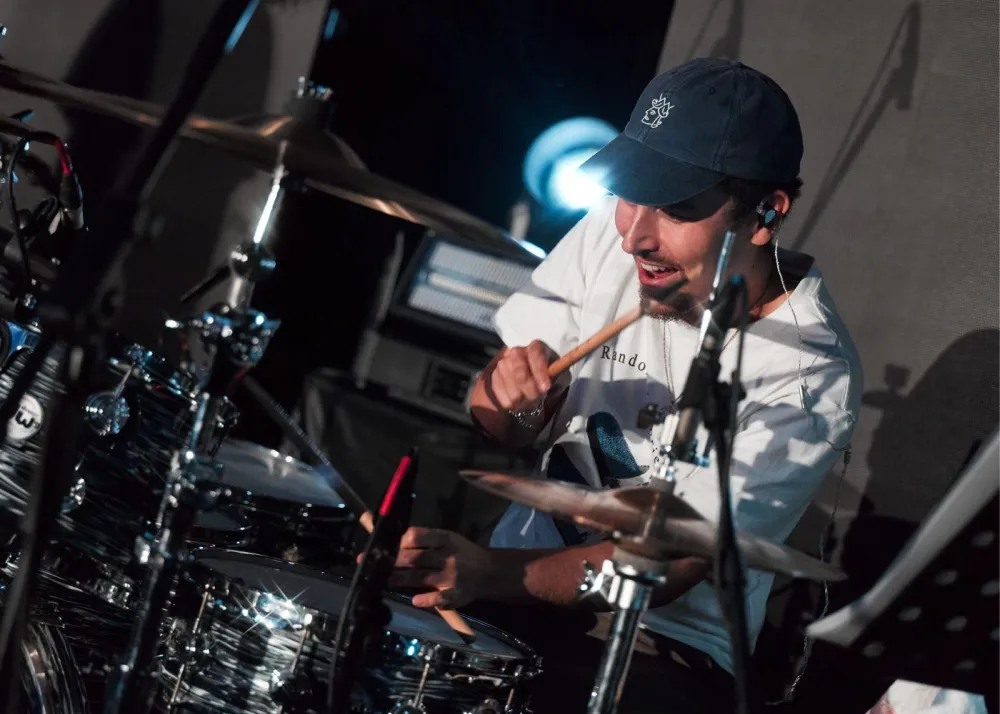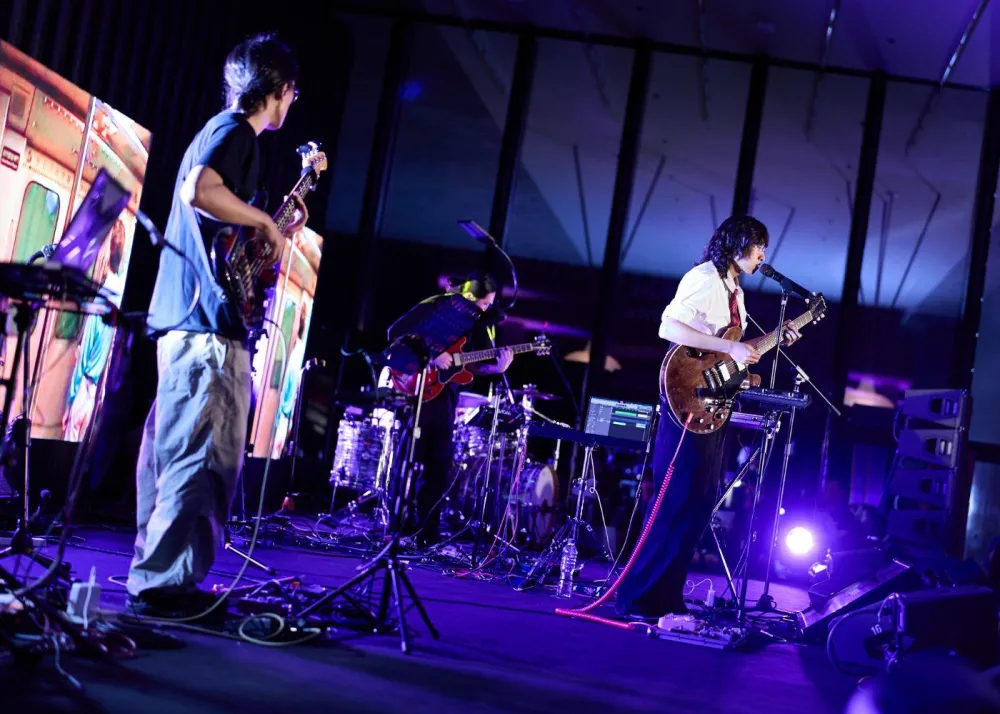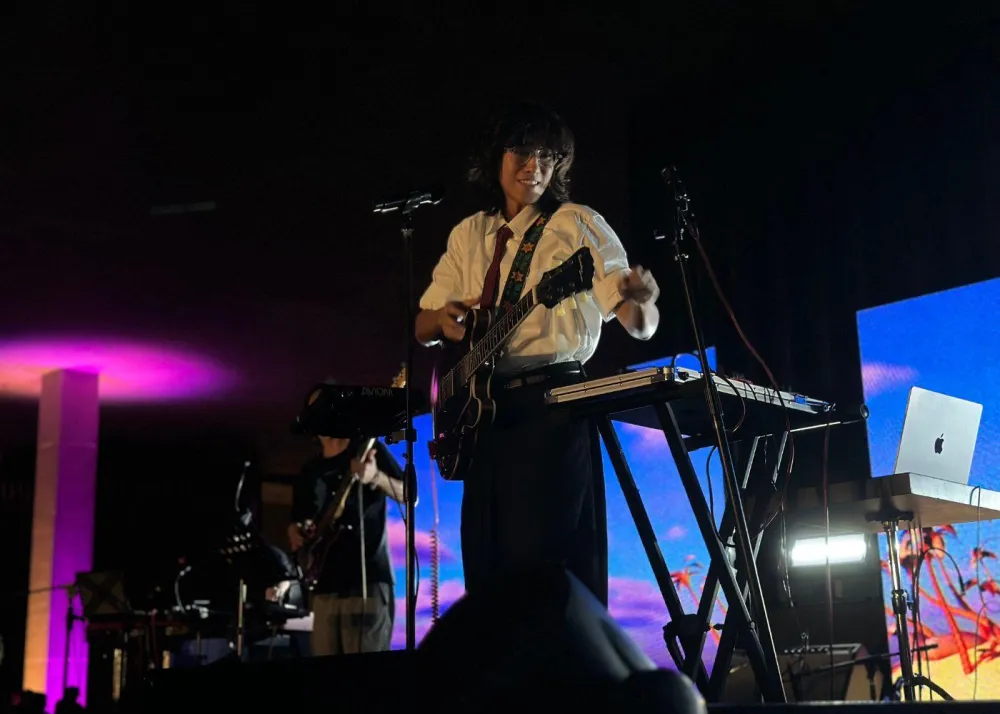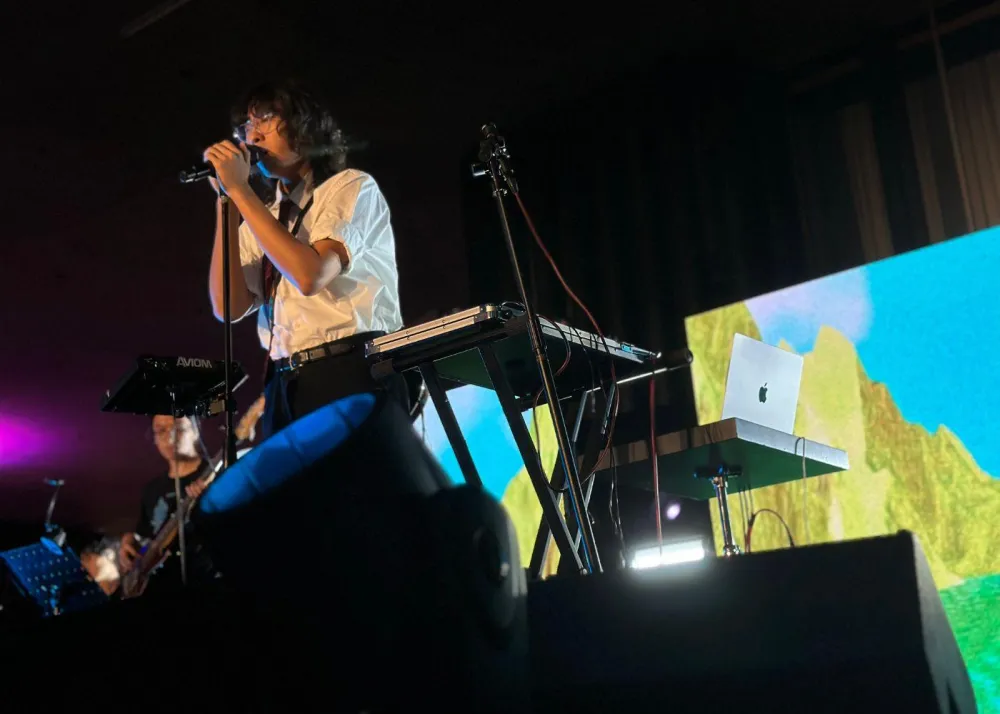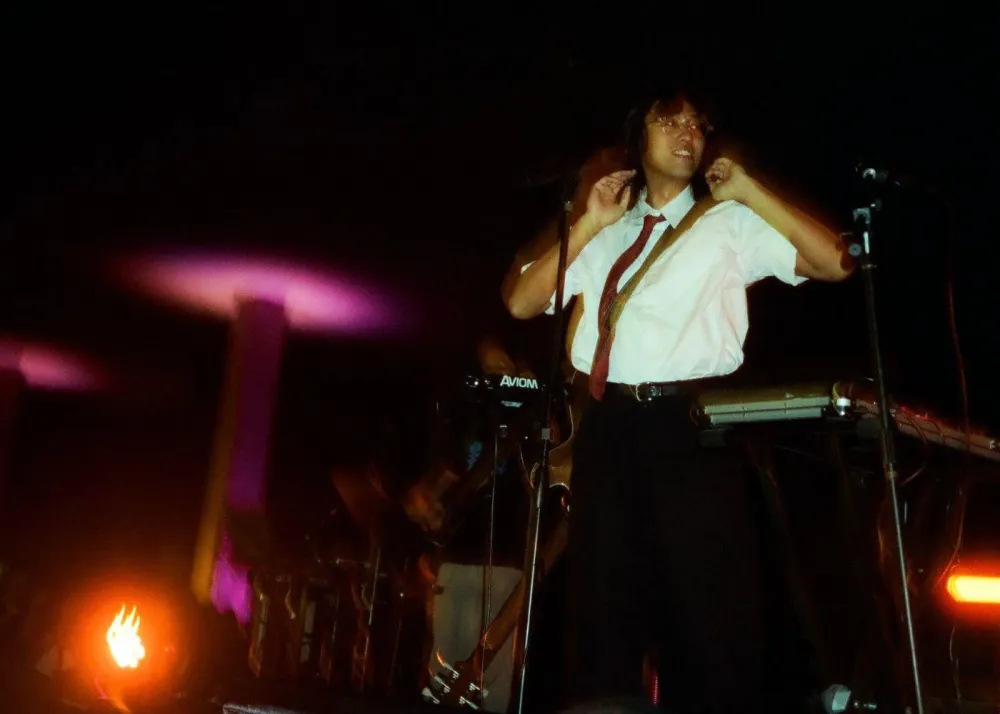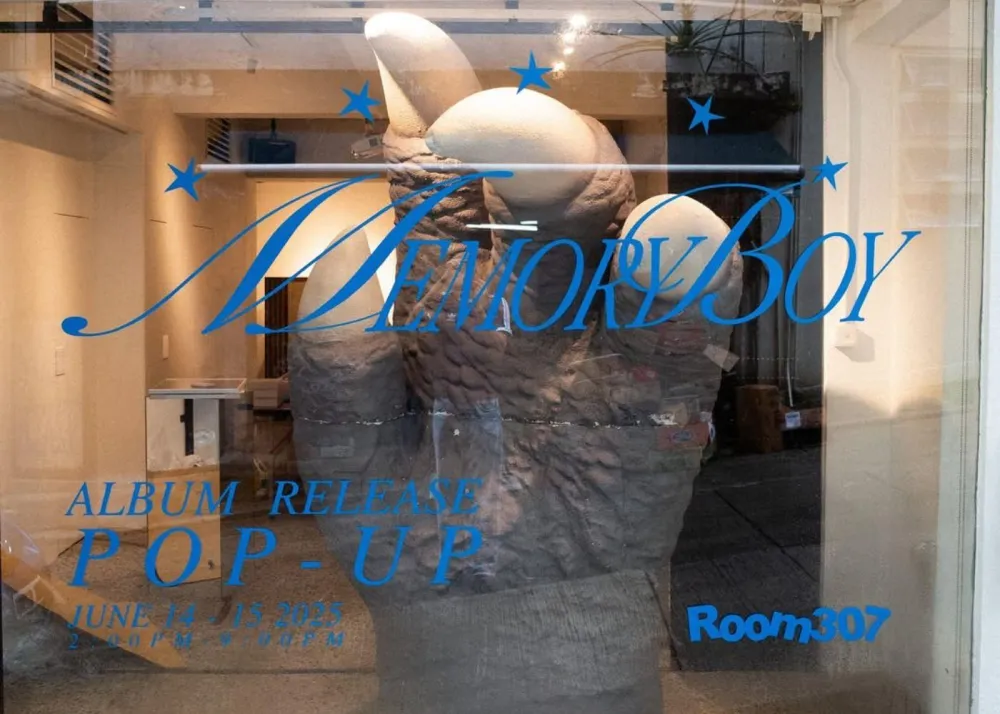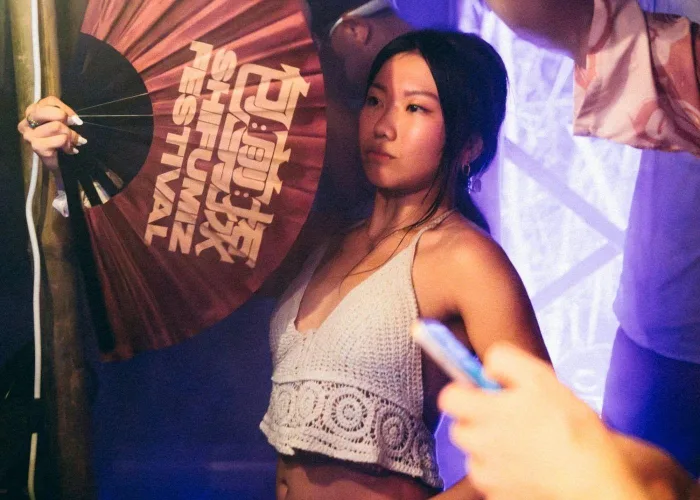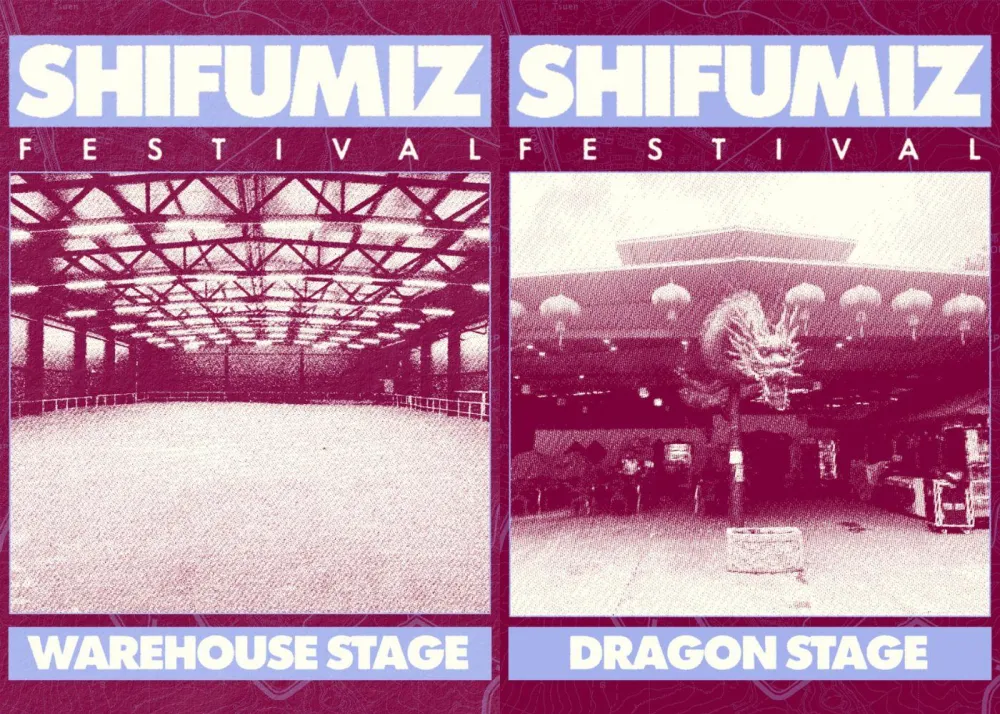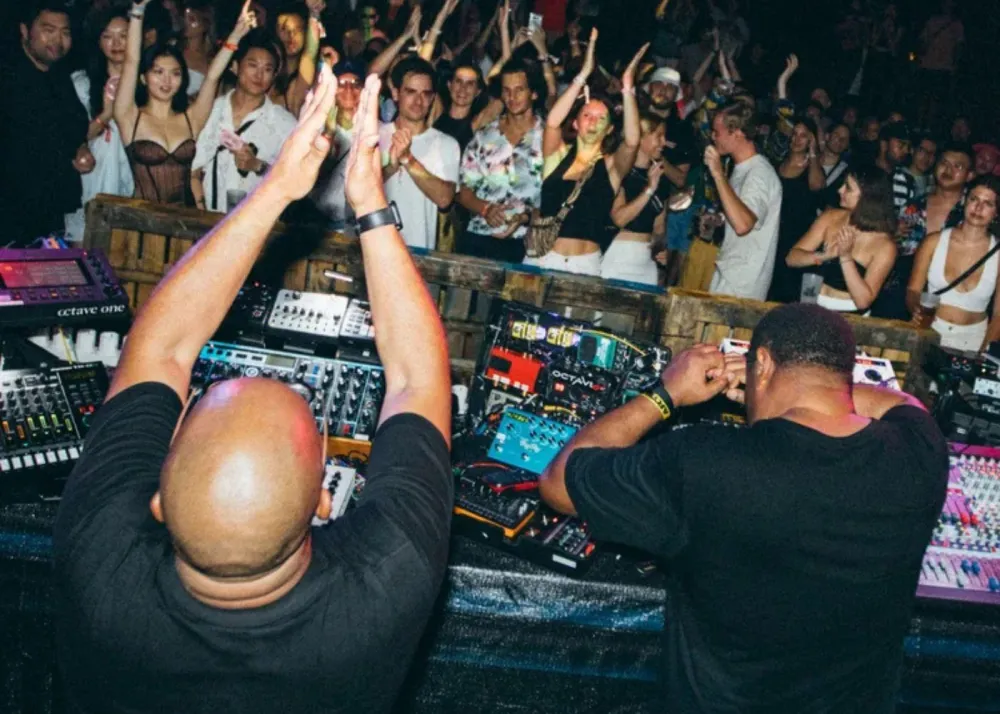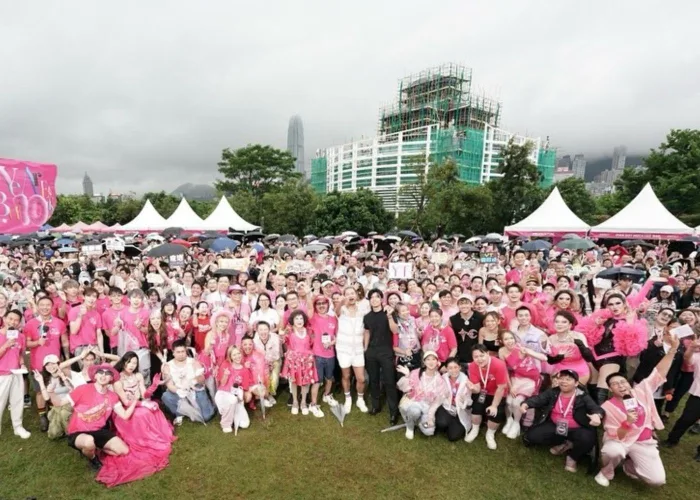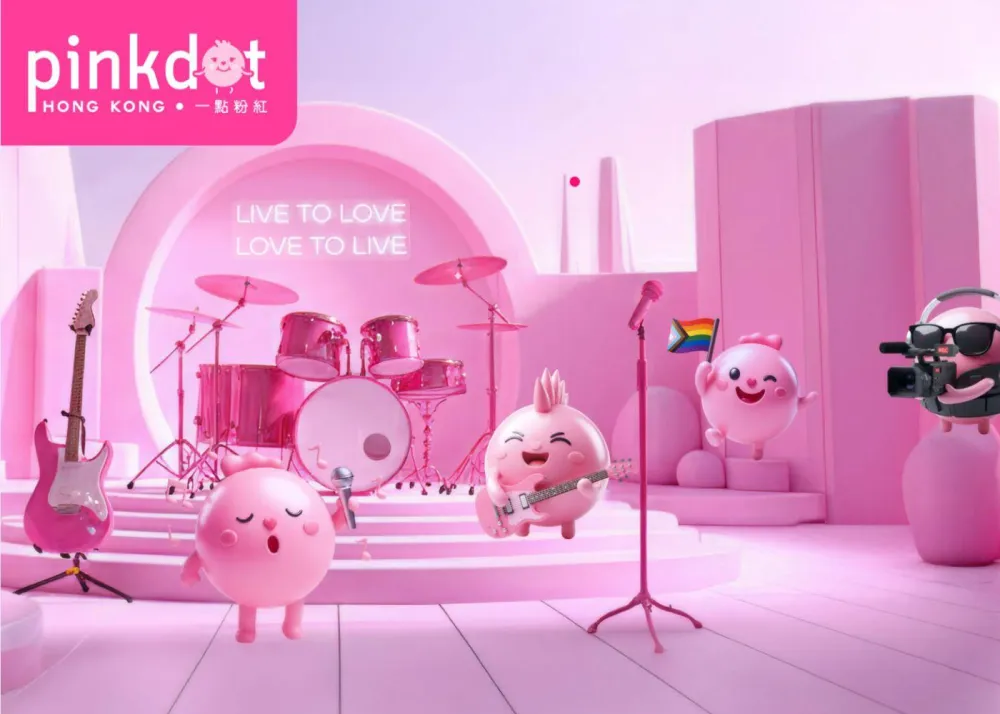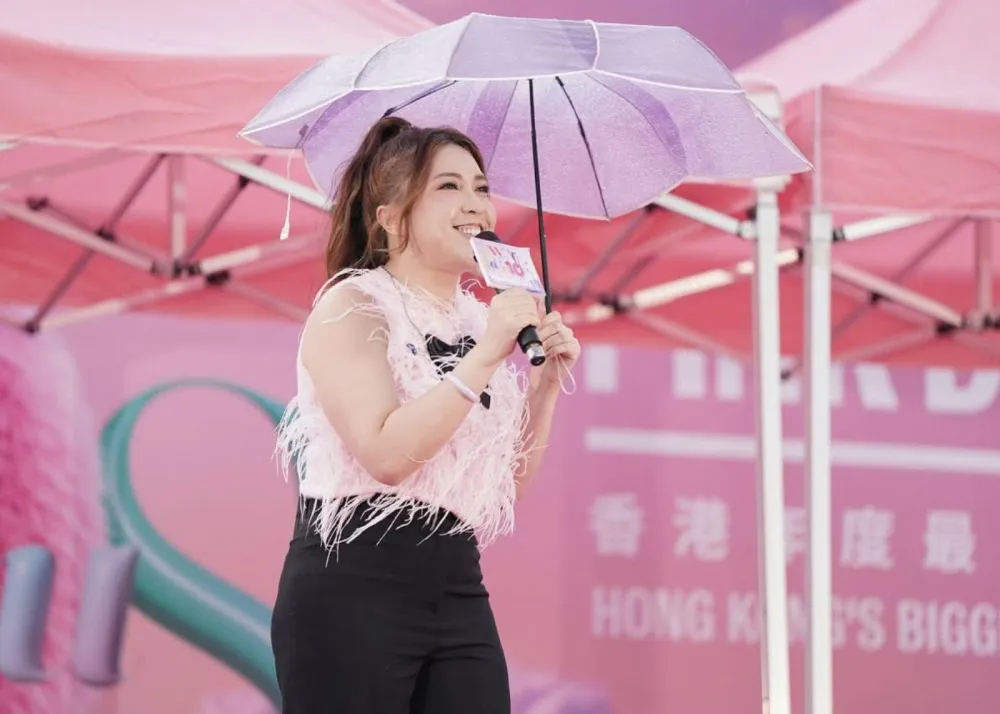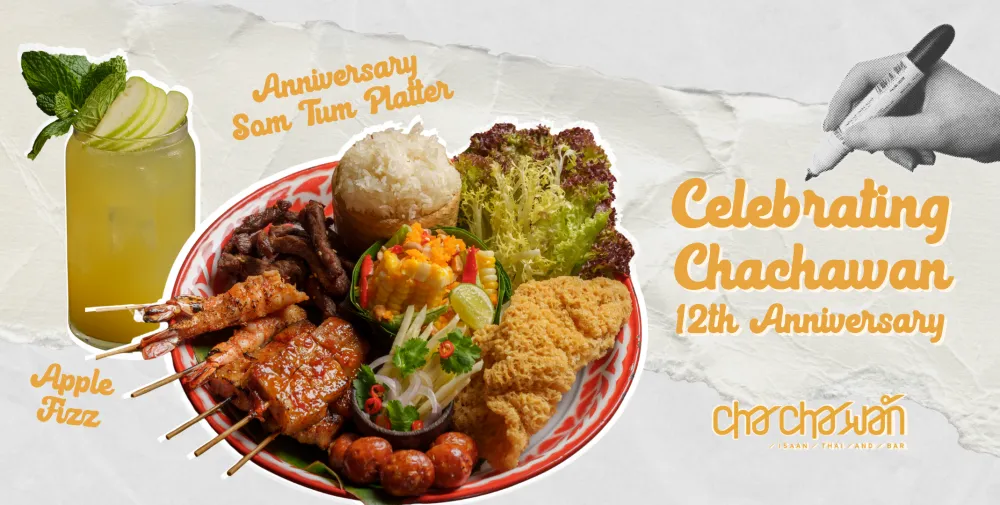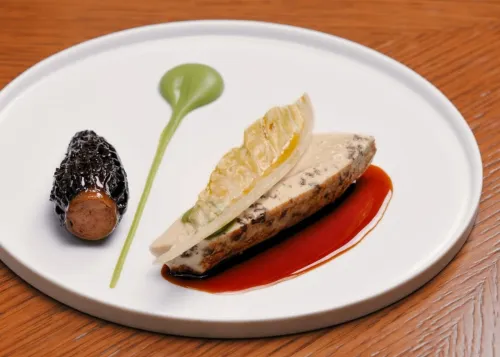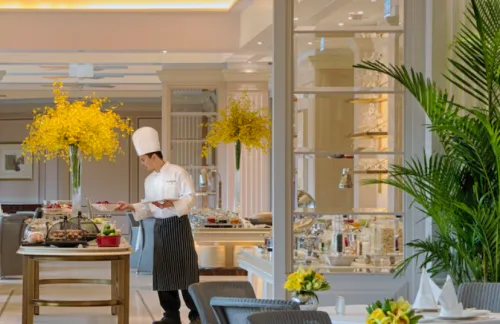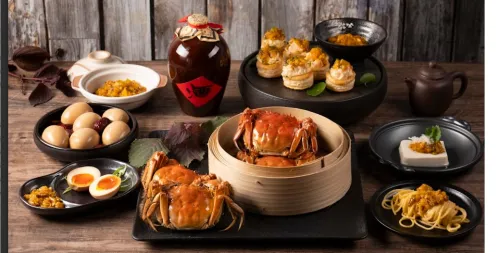Artist Spotlight: Meet Dominic, the Creative Mind Behind Plastered 8

Dominic Johnson-Hill, better known as Plastered 8, has never been one to color inside the lines. From the moment he set up shop in a historic Beijing hutong, he has built a cult following with his witty, irreverent streetwear and designs, infused with nostalgia and celebrating Chinese culture.
Dominic collaborates with a diverse range of local artists, including illustrators, sculptors, musicians, and filmmakers, to create his unforgettable aesthetic, splashed with iconic Beijing imagery, which has graced everything from T-shirts and murals to the walls of some of Beijing’s most renowned establishments.
Now based in Hong Kong, Dominic's series "Monster Control," takes a jab at the modern workplace, exploring themes of control and power structures. The exhibition, fittingly hosted in an empty office space in Central and titled RE:URGENT, will feature this series alongside new artworks and pieces from four other contemporary artists — Go Hung, Louie Jaubere, OBSRVR, and Riya Chandiramani — each offering a unique take on the absurdities of corporate culture.

The Beat Asia sat down with Dominic ahead of his upcoming exhibition to talk art, control, and what’s next for the artist.
What inspired you to start your brand Plastered 8?
In 2006, I decided to open a t-shirt brand in Beijing on this old hutong that I lived on. It was a very impulsive idea, I didn't really think it through. I just thought that Beijing didn't have any good T shirts, so I started taking icons from the city and putting them on T shirts and it became really popular.

But I needed to innovate the brand as I built it and give it more artistic depth. So I started collaborating with illustrators, tattoo artists, and anyone I met with artistic skills to create more designs and provide them with concepts and direction. That's how I got into art and built my career as an artist in Beijing.
You will be exhibiting your series “Monster Control” in the RE:URGENT show. What inspired these artworks?

“Monster Control” is about Ultraman giant monsters in the city who are unable to be naughty. I was taking photographs and getting the monsters set up in those different locations. It took a lot of time to create this series, probably well over a month. If you ever watch the old Kaiju, the Ultraman series, those monsters have a lot of meaning in them.

The monsters [in "Monster Control"] represent children, artists, and people living in a controlled society who don’t have a medium to express themselves and are just doing monotonous, boring jobs, whether they're working for property companies or dressing up as mascots to promote hygiene in Hong Kong. It reminds me of my time at school where I was desperate to be creative and naughty, but had no place to do it because I was placed under some form of control. So it's just a playful way of showing how control works.
Can you share more about the oil paintings you're featuring in the show?

The works displayed in this exhibition are about how our lives are controlled generally, and we were given this theme of the office. The office for me is a nightmare, I can't sit still for very long, and I don't think I would ever thrive in that kind of environment. This is the common thread that runs through all the artworks and the oil paintings, maybe except the one of the old Hong Kong [governor], Henry Pottinger. I saw one of these portraits of him, and I thought, wouldn't it be fun to play around with that, so I added a very naughty theme to the painting.

I was looking on the internet for old paintings of Hong Kong, and came across one of these guys looking at this wall that had notices written on from the 19th century, and I thought, that's perfect, so I sent that painting to the oil painters, to recreate it with this poster.
And I love [Lap Sap Chung], he's a wonderful icon in Hong Kong. Mascots are very common in Asia, but they are not something we have in the UK. I just love the fact that you have these really playful mascots telling us what to do, I think it's really good fun.

The [sign] that's featured in that oil painting was one I saw on the road in Tung Chung. It was like his eyes coming out of this poster saying,"Someone is watching."

Then I did another one, a collaboration with a Hong Kong street artist called OBSRVR, where I took one of his slogans and put it on the wall, and put the CCTV cameras above it, so it's like you're being watched. Those two are very much in line with this control theme, which works very well with the office. The office is just such a wonderful example of how we control and organize human beings into teams and be productive and what have you.

You’re also introducing a new range of Flashcards in this exhibition. What inspired this series?

This range ["Flashback 9 to 5"] is all about the office.
I’ve got a director in a gimp suit, a manager with no face, a boss watching everybody on CCTV cameras, and an intern in a prison suit. I'm not normally that dark, but I thought it would just be fun to go really hard on the office, because the office can be a really desperate place. In the back of my mind, I'm always terrified that one day I'll have to go and work in one.
The original range of flashcards came to me when I went to a second-hand market, and found a set of flashcards that were designed in that style, a kind of offset style. And it was very classic. It was 媽媽 (mother), 爸爸 (father), 醫生 (doctor), etc., and I changed them so that they were on their phones, because those flashcards were made in the 1970s and I thought it would be fun to see all these people distracted. The second range was about Hong Kong people; there was an expat, a banker, a tycoon, etc.

Where do you get your inspiration from? Is there a particular era you draw from?

When I started the brand, I used a lot of iconography and ideas that came from second-hand markets and vintage markets. A lot of it came from the zeitgeist and what was going on in Beijing. I was taking objects and icons that people in Beijing took for granted, things they had in their lives growing up every day that they didn't notice because it was normal for them. I often take two things that have absolutely no relation to each other and stick them together in a colorful and inquisitive way. It’s like an extension of my personality – I’m a very playful person.
Why did you decide to move to Hong Kong?

I lived in Beijing from 1993 until 2019, and I've been in Hong Kong since 2019. Now I'm full-time in Hong Kong because I've closed my retail operation, and I have an agency I run in the mainland and a licensing business. But that's boring. I moved here because the mainland was changing a lot and it was becoming quite difficult for me, especially as an artist.
I met my wife in China and my kids were all born there. We wanted a change, but we didn't want to leave China, so it was like a soft exit from the mainland.
What aspects of Hong Kong’s culture and environment inspire you?

Hong Kong is incredibly inspiring. I mean I think if you're a curious person, most places can be a playground in one way or another. I'm British, but I grew up on the mainland and never spent time in Hong Kong. Suddenly, you come down here and you see all these little eccentricities that are quite British. And visually, there's just so much going on with the buildings, the street art, the culture, it's kind of a retro-future that you have here.
I also love cheap signage, like sun-bleached, cheap plastic signs, and adverts. I’ve got thousands of photographs and albums full of different stuff I get inspired by in Hong Kong.
How would you describe the art scene here?
I don't really follow an art scene per se. People like to ask me who's your favorite artist from time to time and I don't really know how to answer that question. I just create artwork because I like to express myself, and I sometimes find the courage to create things and put them out there.
I'd say that the creative pool is quite small compared to the mainland, but it's got a lot going on in terms of transactional art. There are a lot of galleries and people selling art. There's not a huge amount of people creating it, but that’s only from my uneducated perspective as someone who lives in Lantau and spends half of my time here and half my time in other areas.
What's the most challenging aspect of being an artist?

The fear of being judged, I never got over that one. I still worry what people will think when I create something – that’s something I have all the time as an artist. The other aspect is having these ideas that come to my mind and the thought, what if I don't create them? That really induces anxiety.
And what is the most rewarding aspect?
That I created hundreds of things from sculptures and videos and artworks, and each one I look back on with incredible pride. I love seeing new creations, and knowing it was just an idea that popped into my head one day when I was walking down the street, [and] then boom, it’s in the shop window.
Do you have any upcoming exhibitions or projects you want to share and where can we view your art?

I've been working on this project called “Flock” where I bring in artists to do huge murals of birds on abandoned buildings in different parts of Lantau. I thought, why don’t I put these birds on these beautiful canvases, these abandoned houses all around Lantau, so everyone can enjoy it?
So that's an ongoing project that I'm doing at the moment, and I'm super proud of it. I get so much incredible feedback from people in the village.
I'm used to creating art and people being like 'Oh, I don't really like that, which is fine, because as they say, good art divides.' But in the case of these birds, everybody likes it and there’s no commercial aspect to it whatsoever.
I'm also working on another series of artworks right now with a Russian/Ukrainian artist that will come out probably in August.
Make sure to catch Young Soy Gallery's new show RE:URGENT from Mar. 13 to Apr. 6, 2025 here:
Location: 15F, Universal Trade Centre, 3 Arbuthnot Road, Central
Opening Hours: Wednesdays to Sundays from 11 AM to 7 PM
Stay connected to Plastered 8 on their website or Facebook, or check out Dominic's Instagram.
Enjoyed this article? Check out our previous Artist Spotlight profiles here.
Subscribe to The Beat's newsletter to receive compelling, curated content straight to your inbox! You can also create an account with us for free to start bookmarking articles for later reading.


